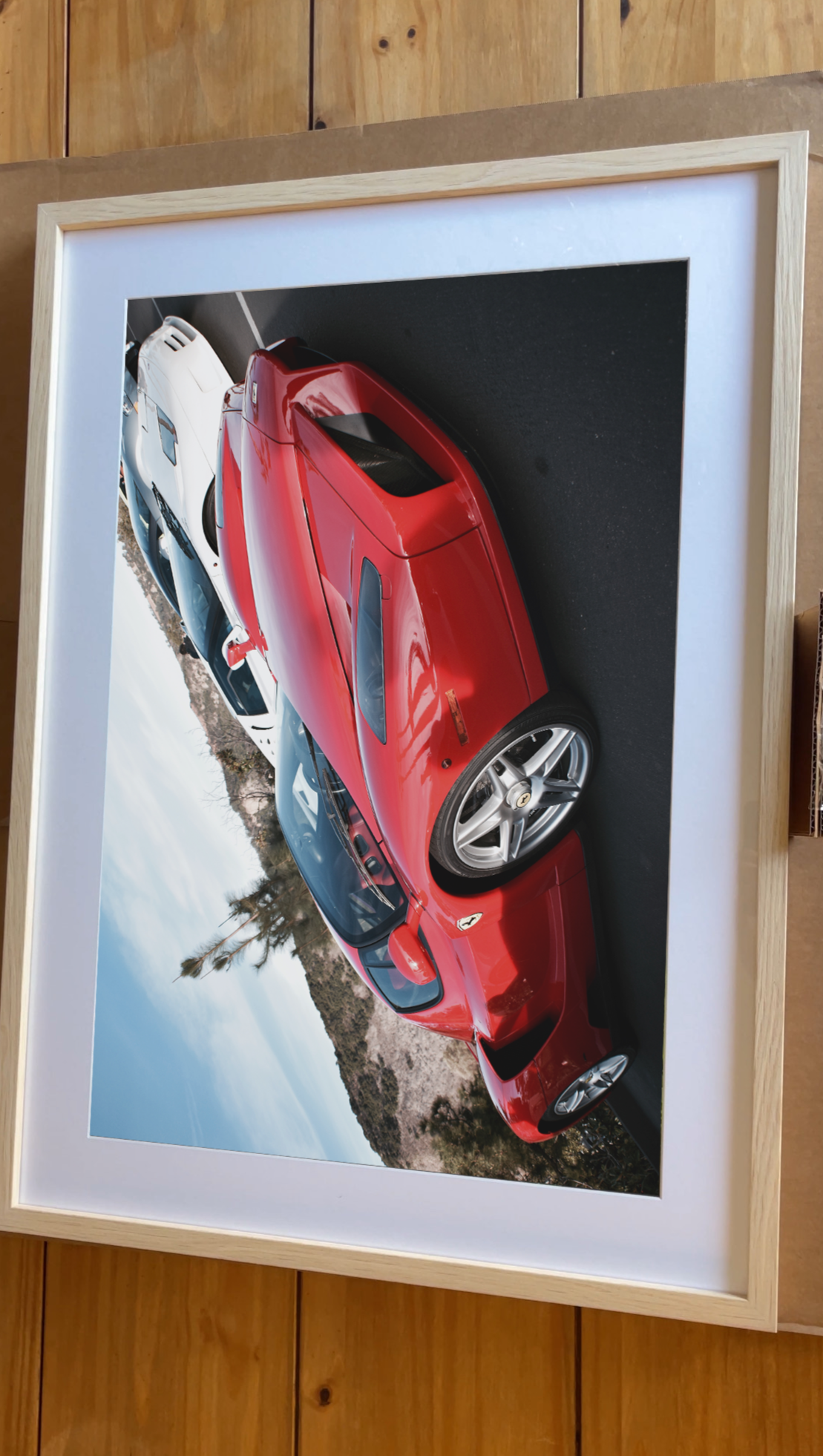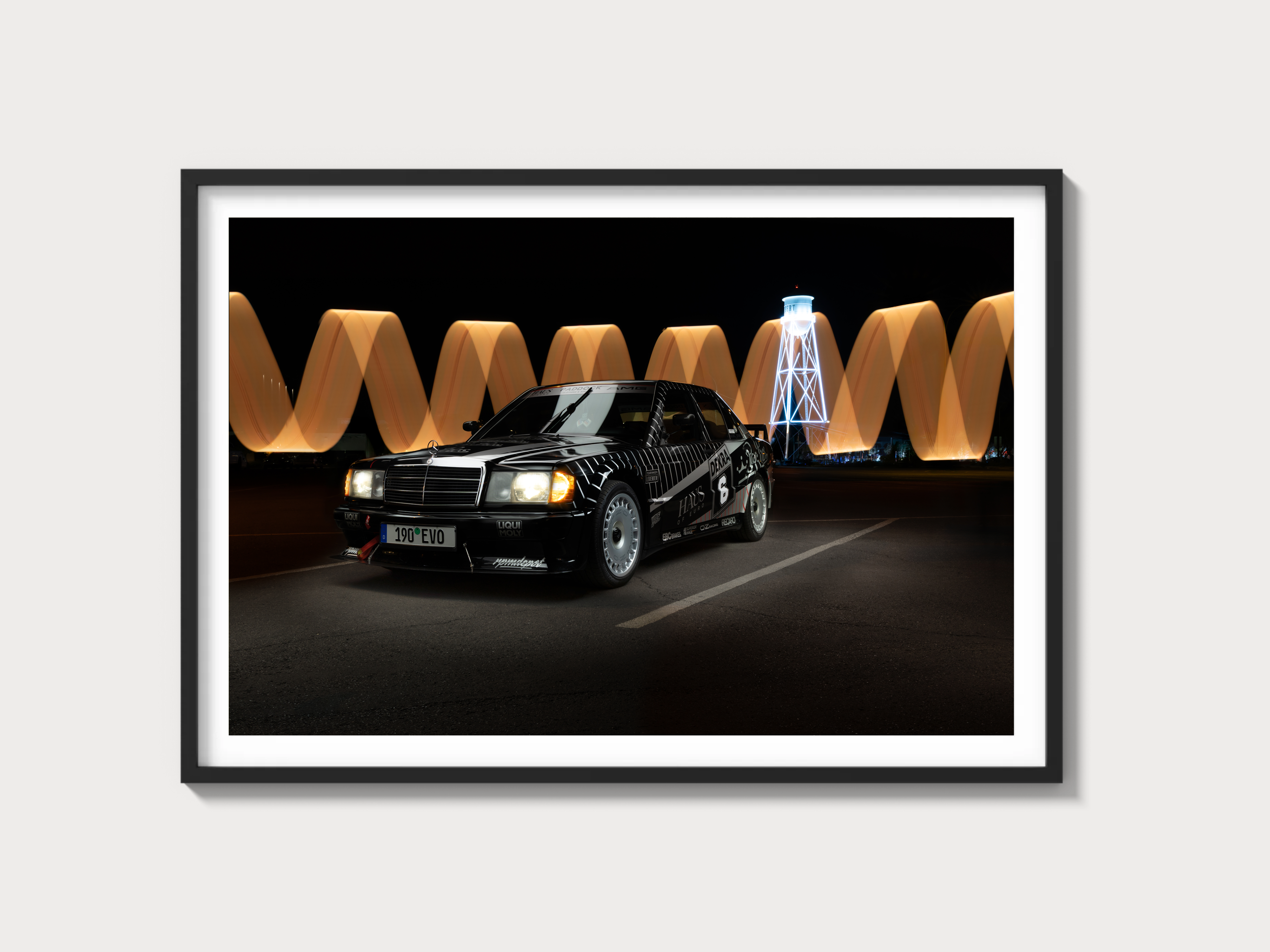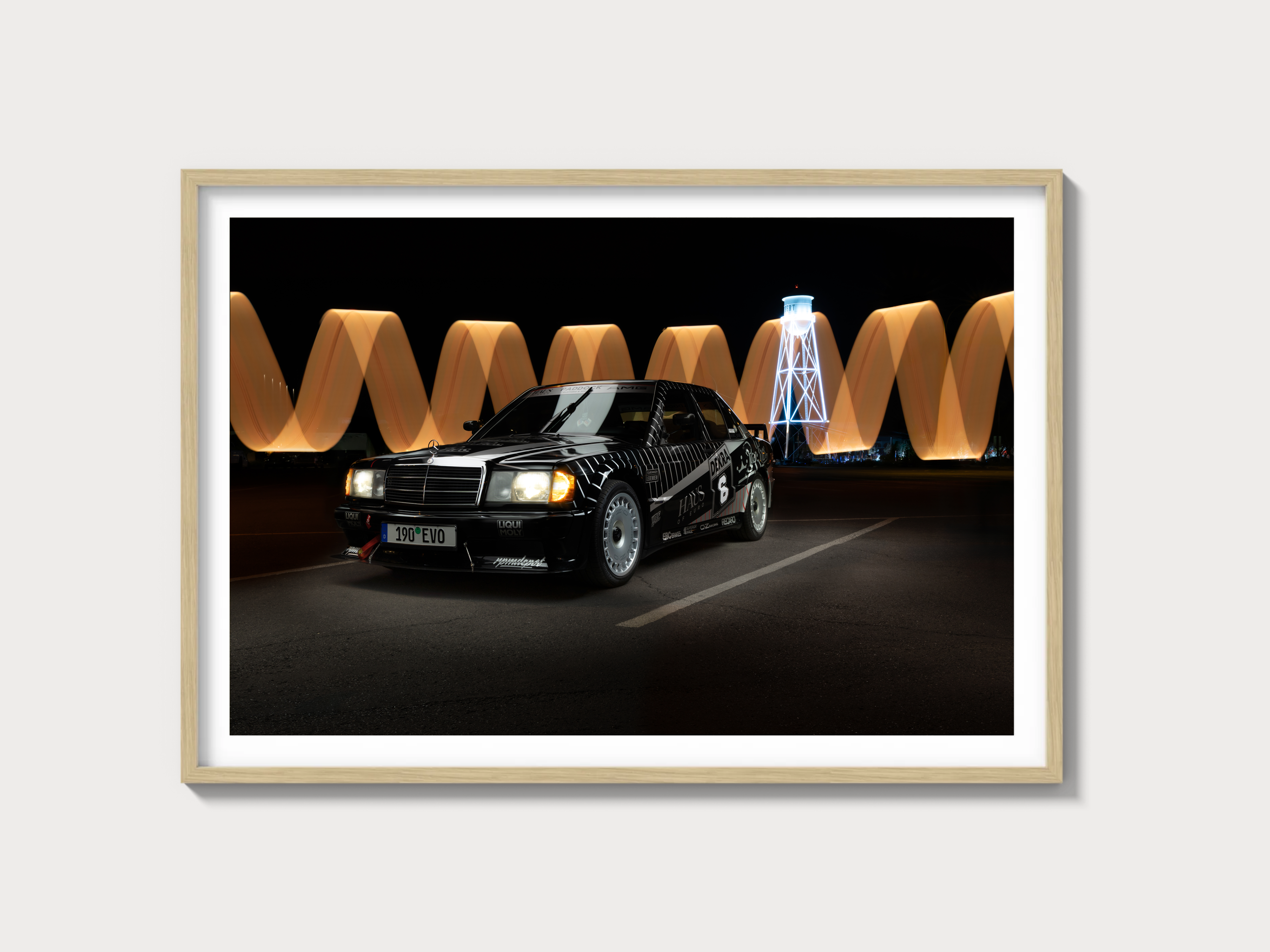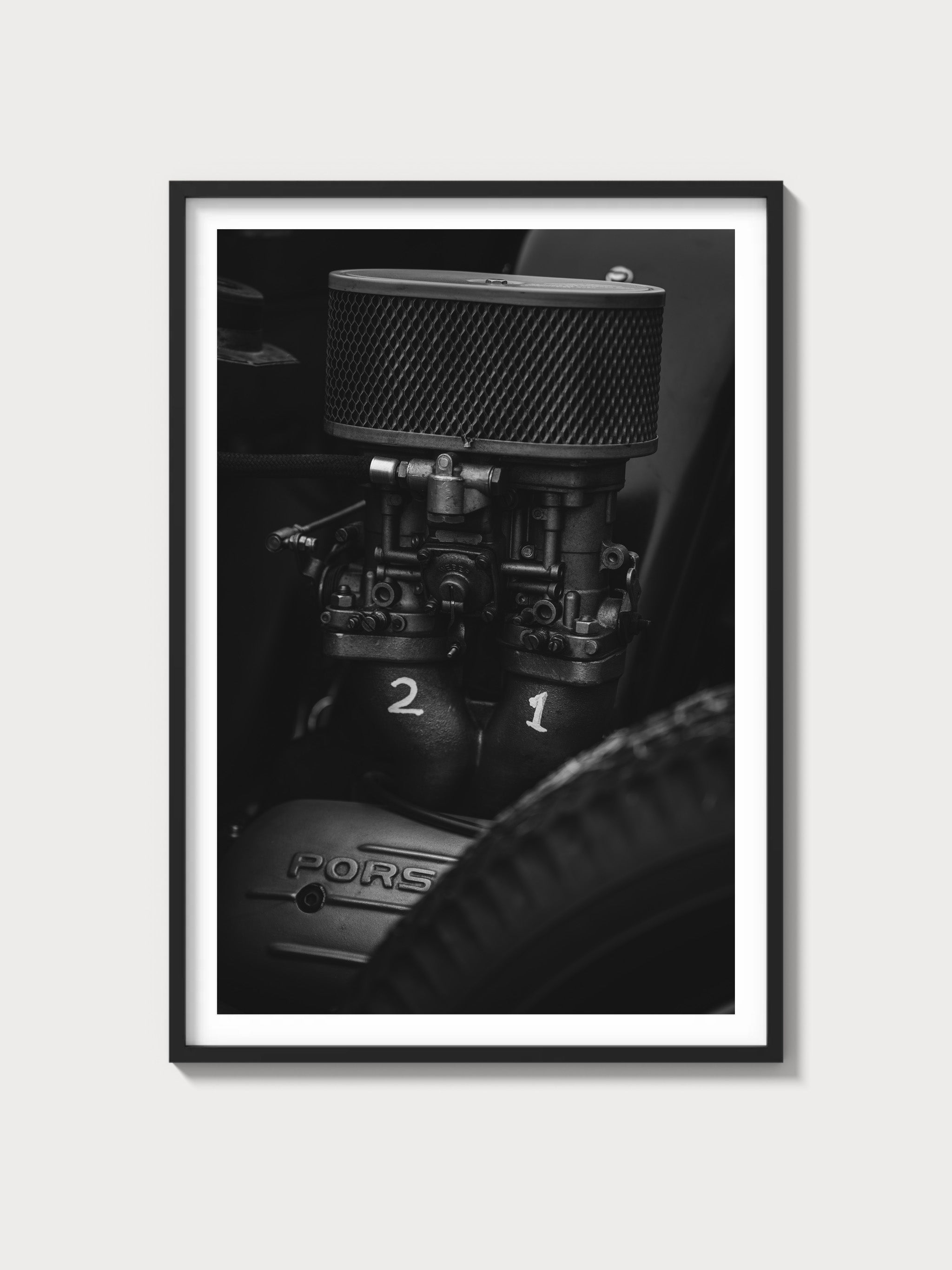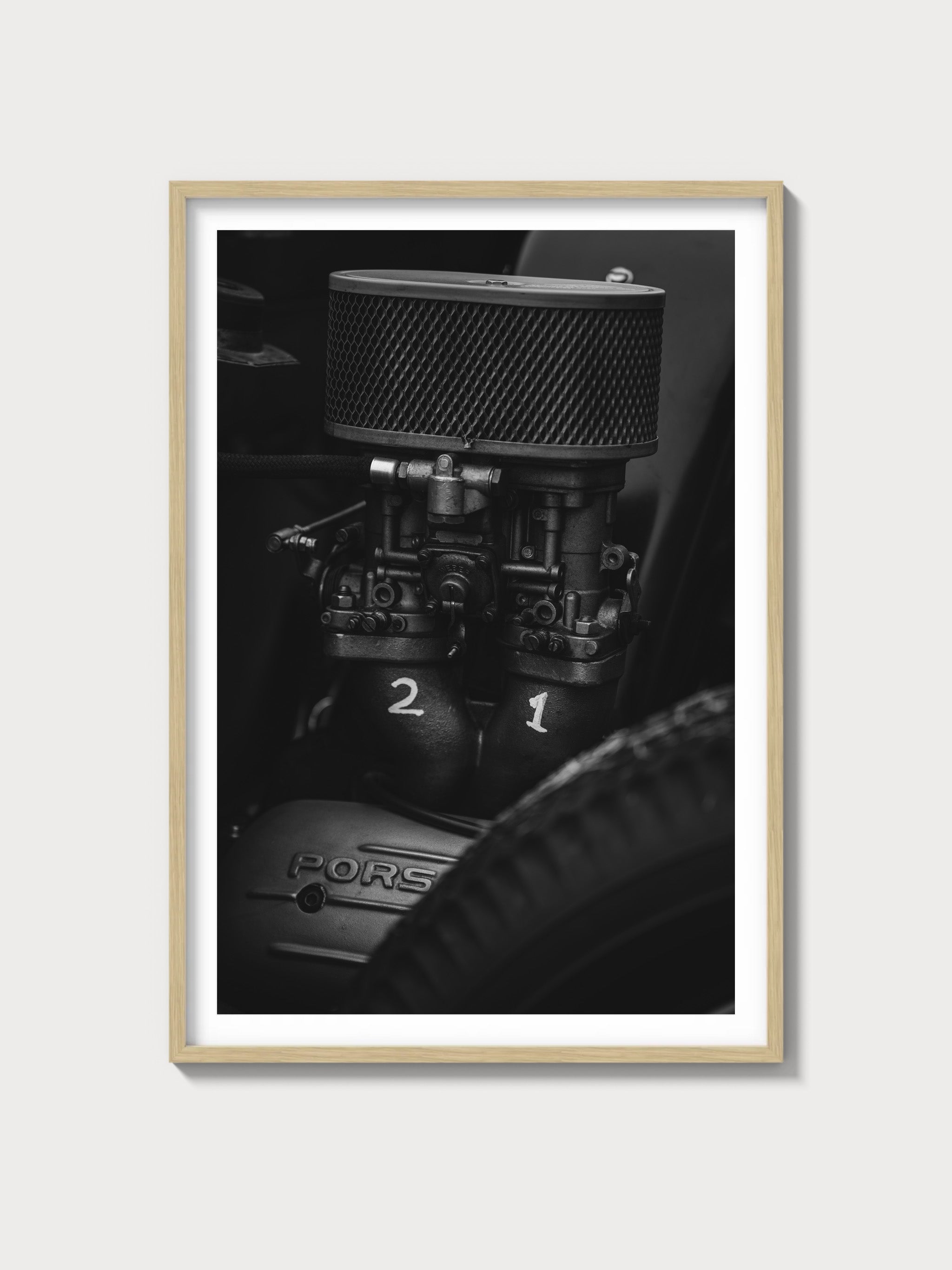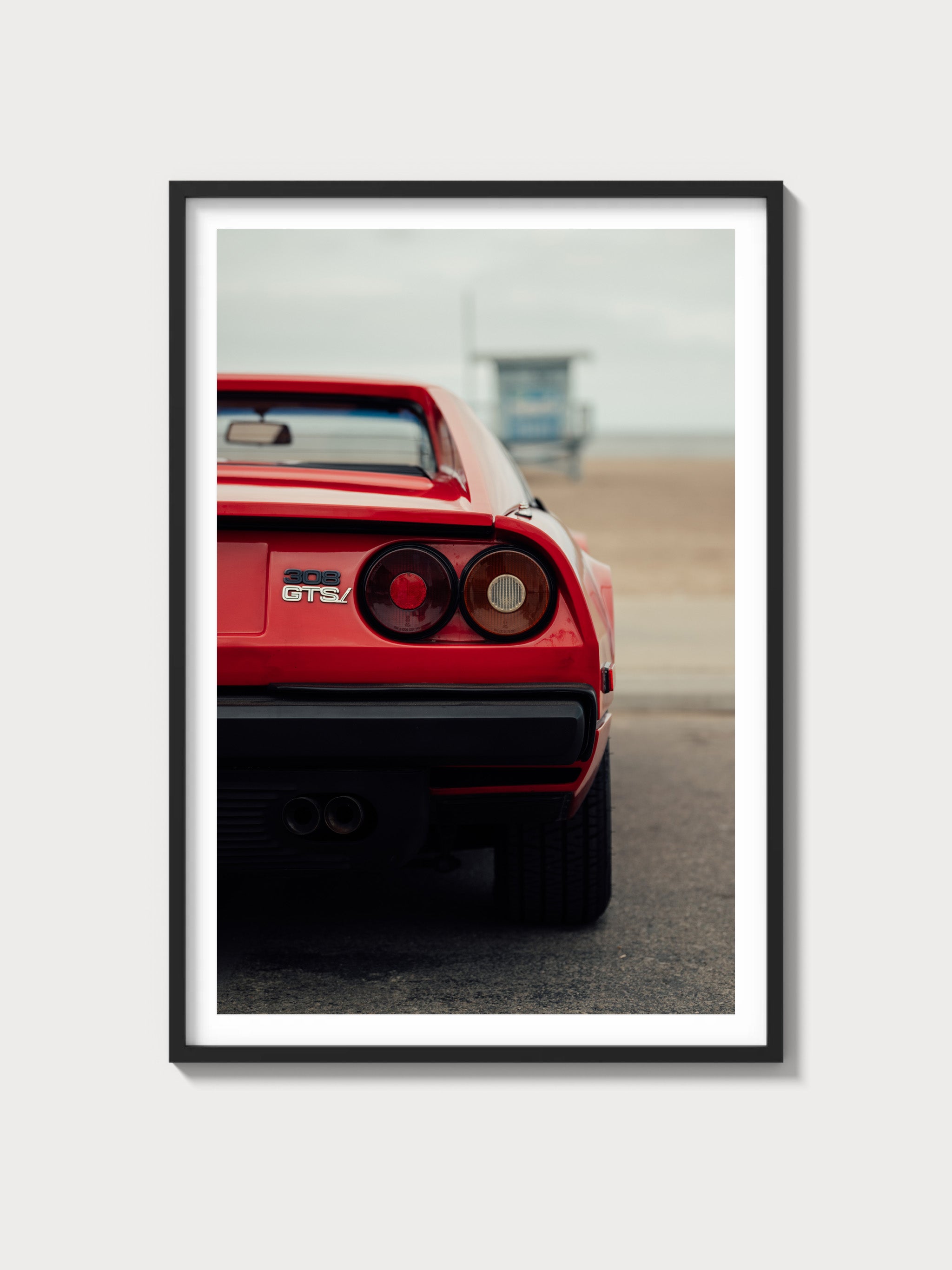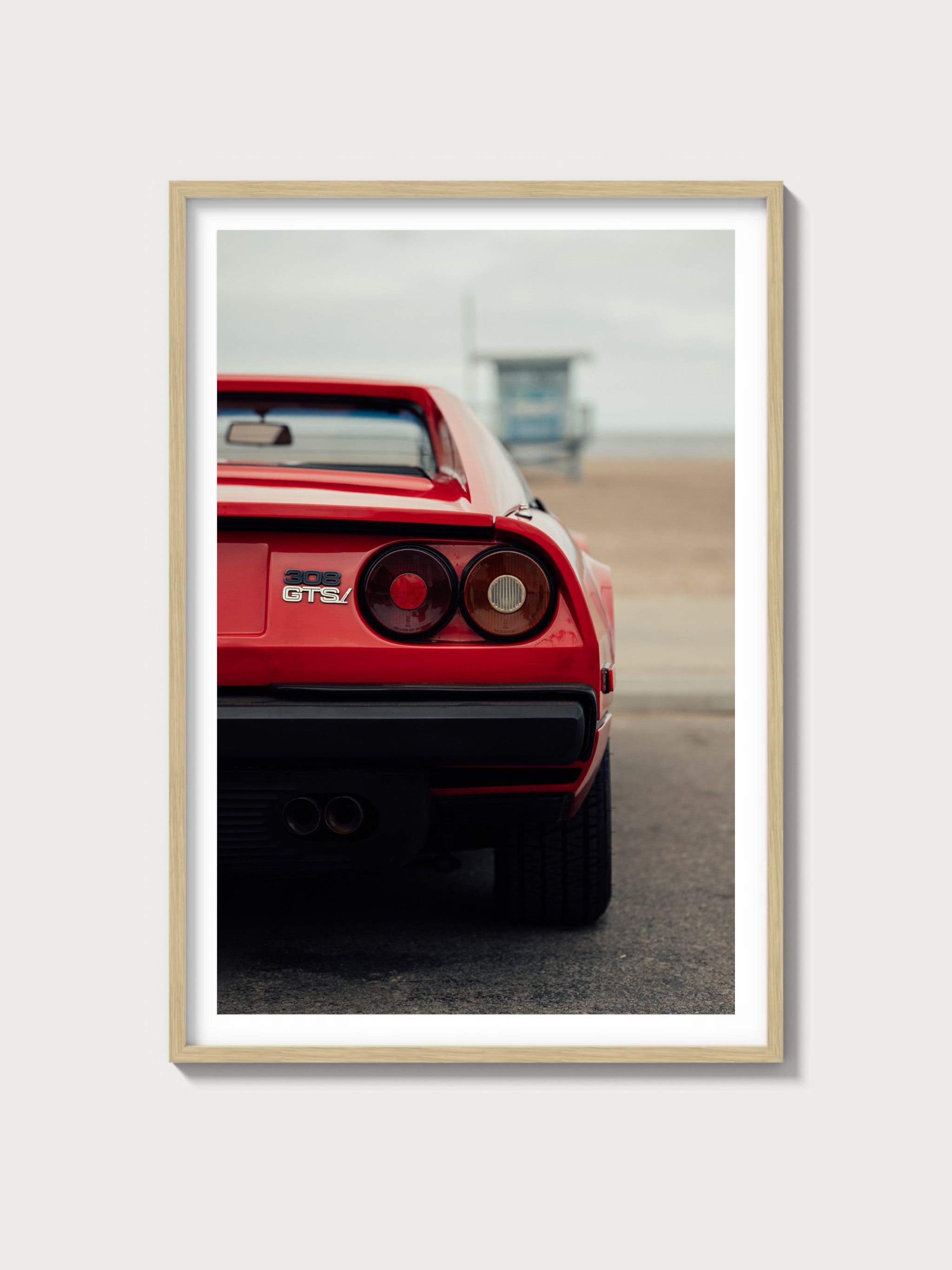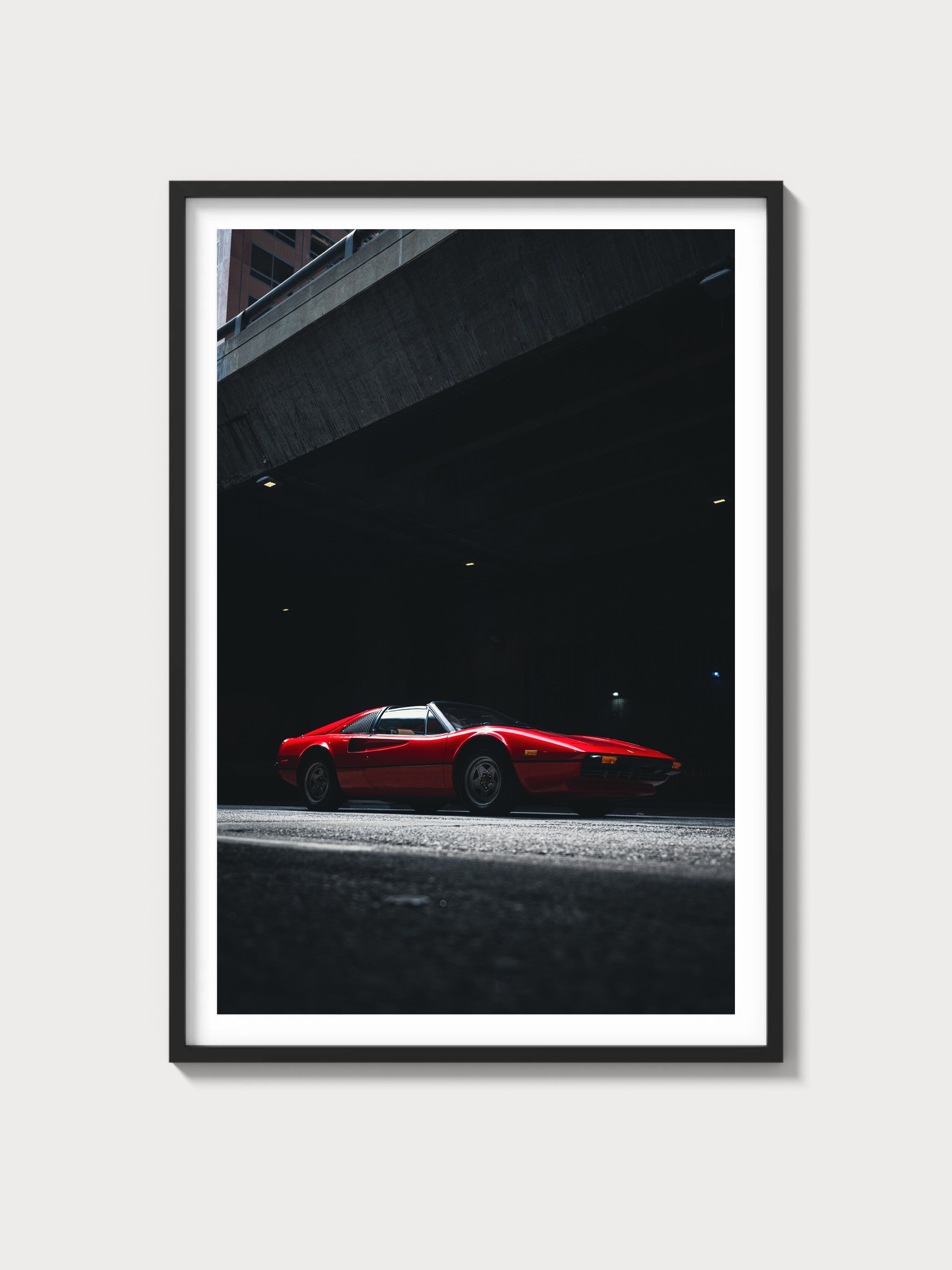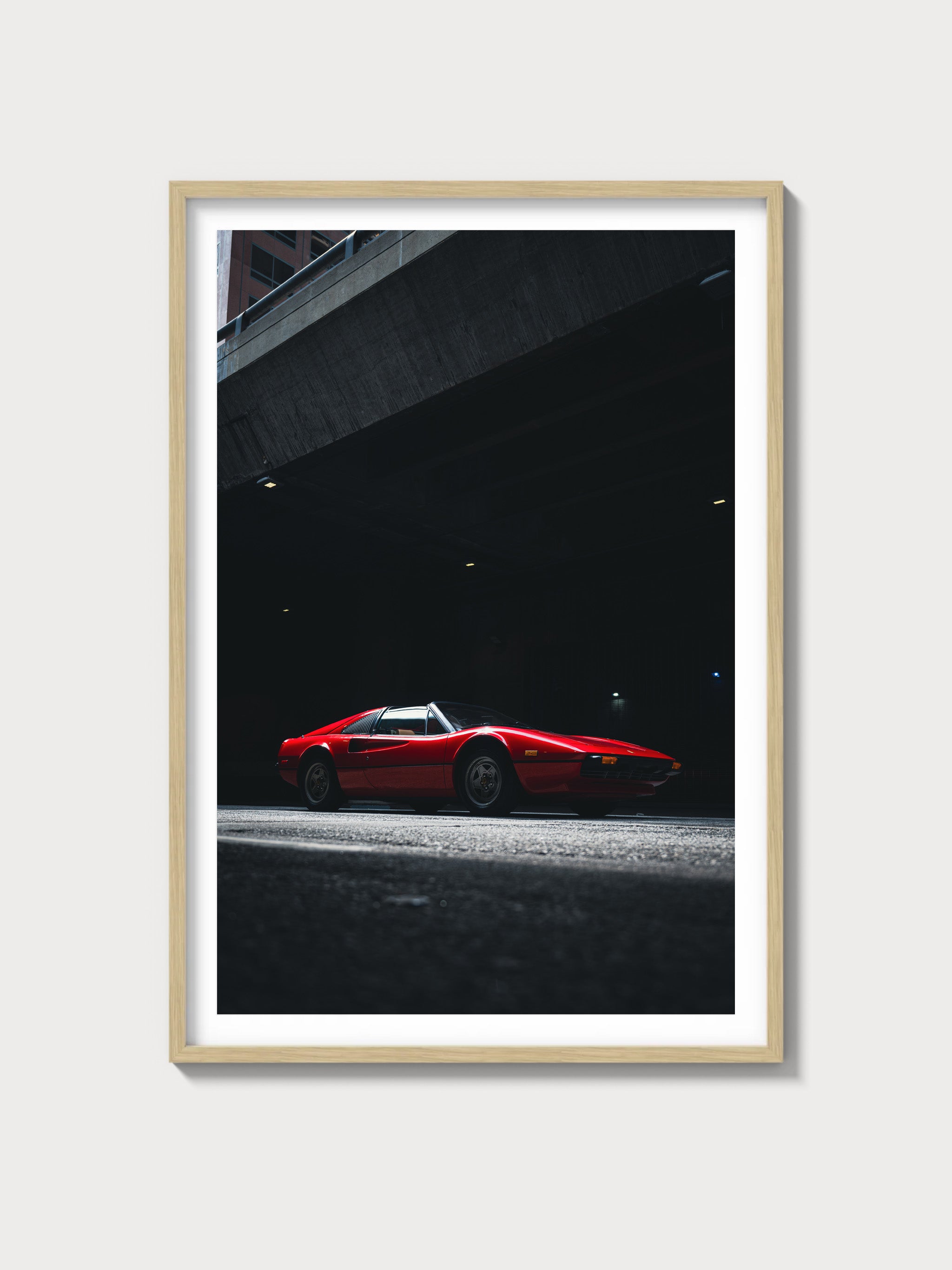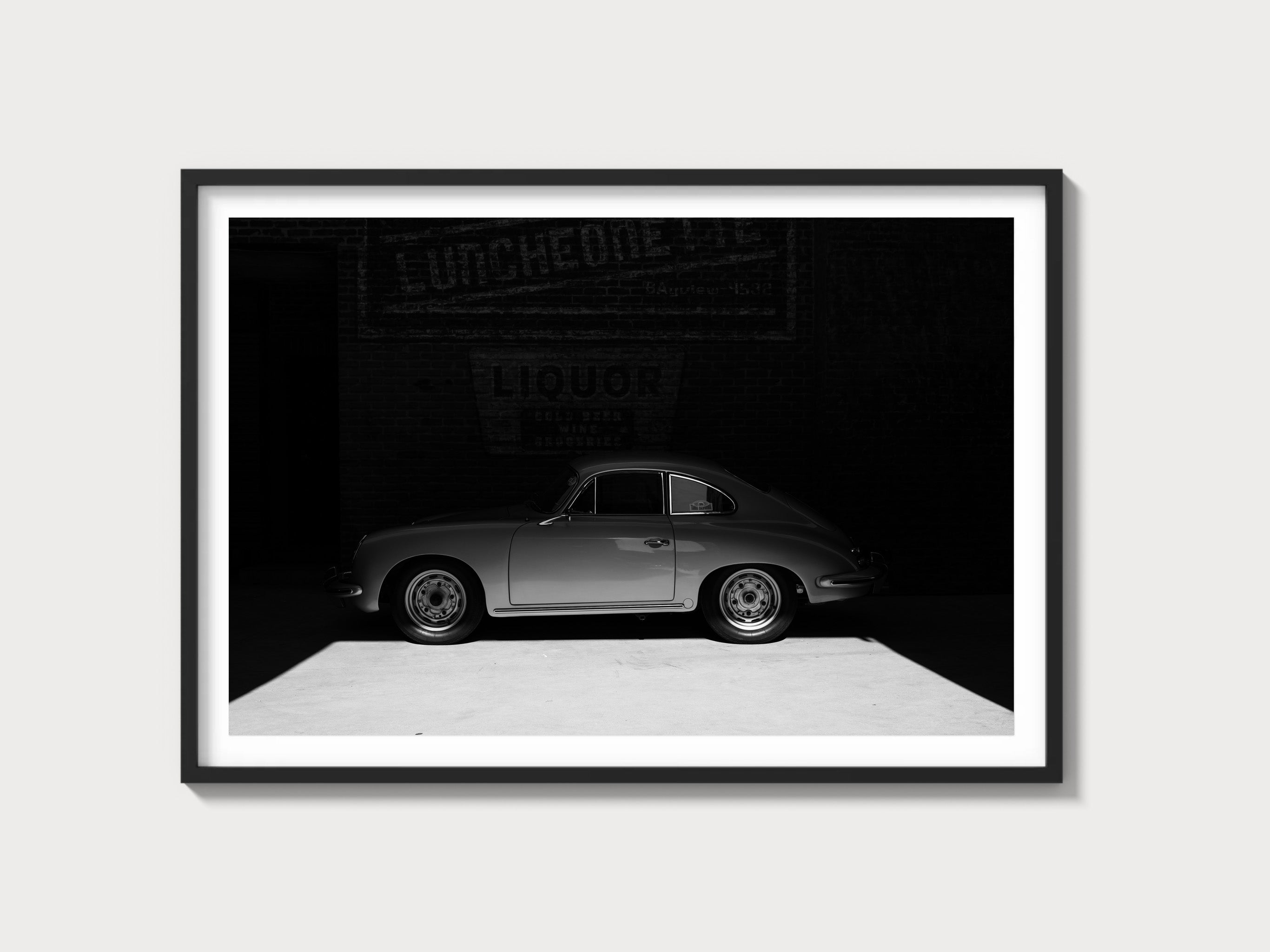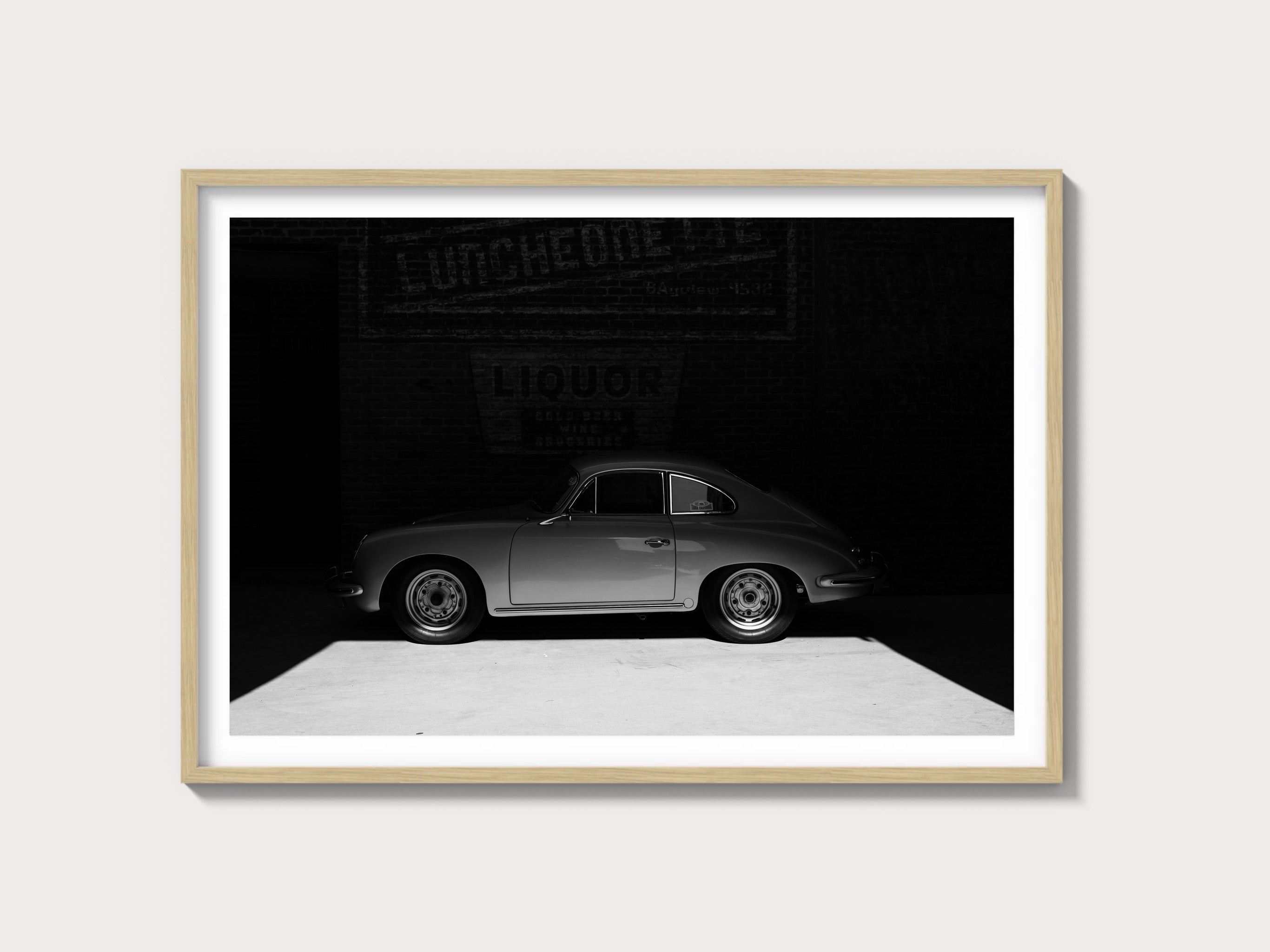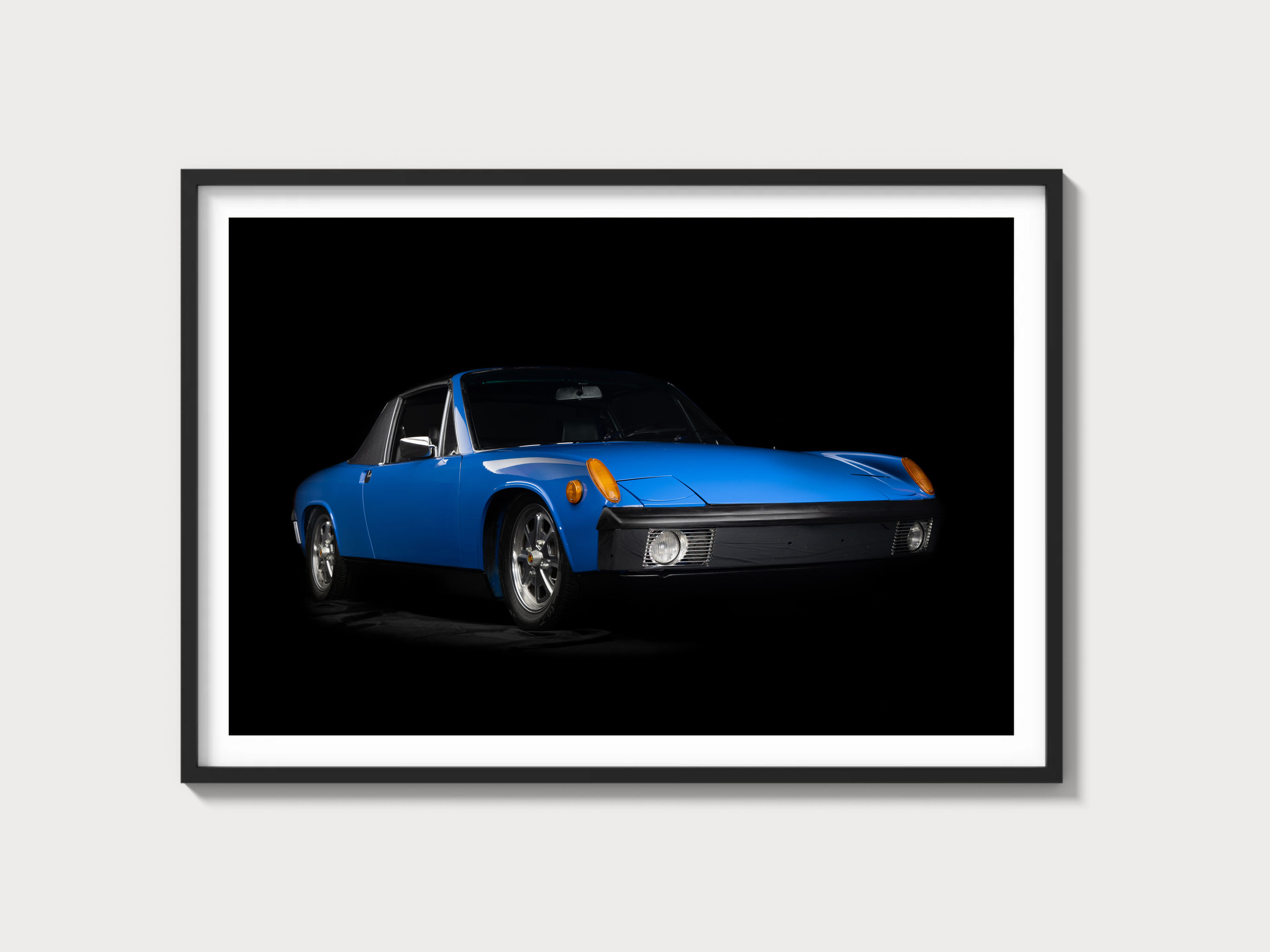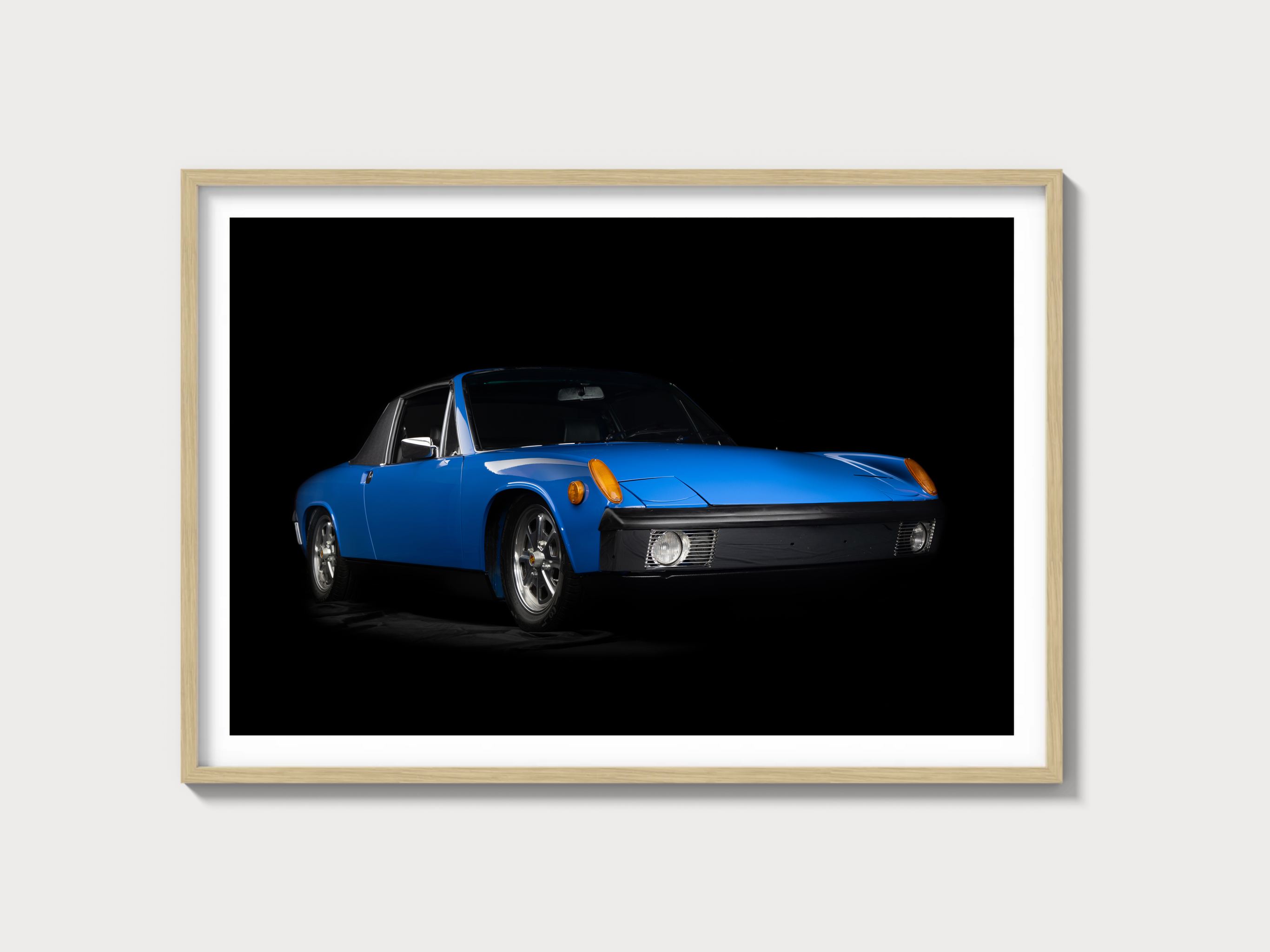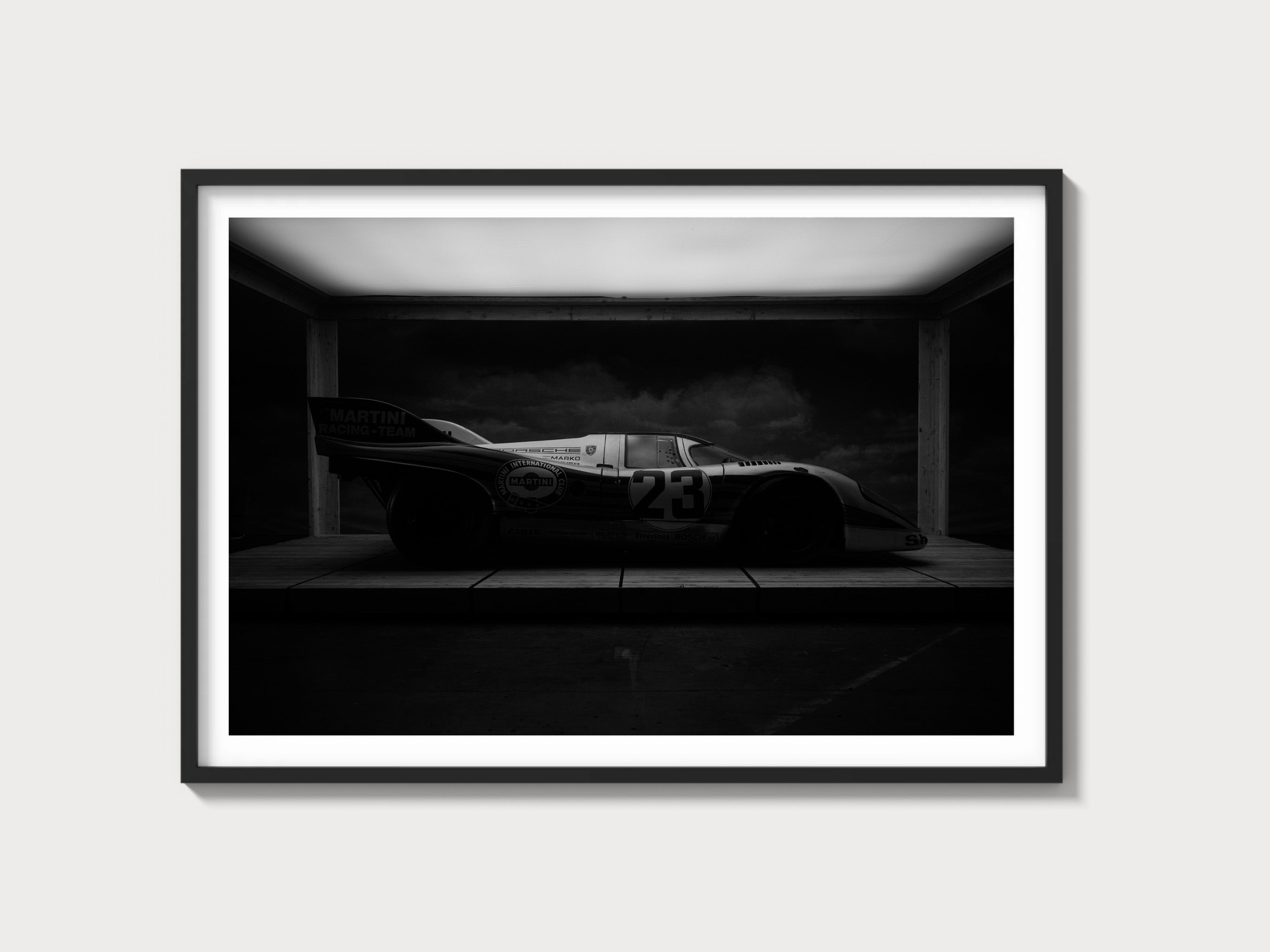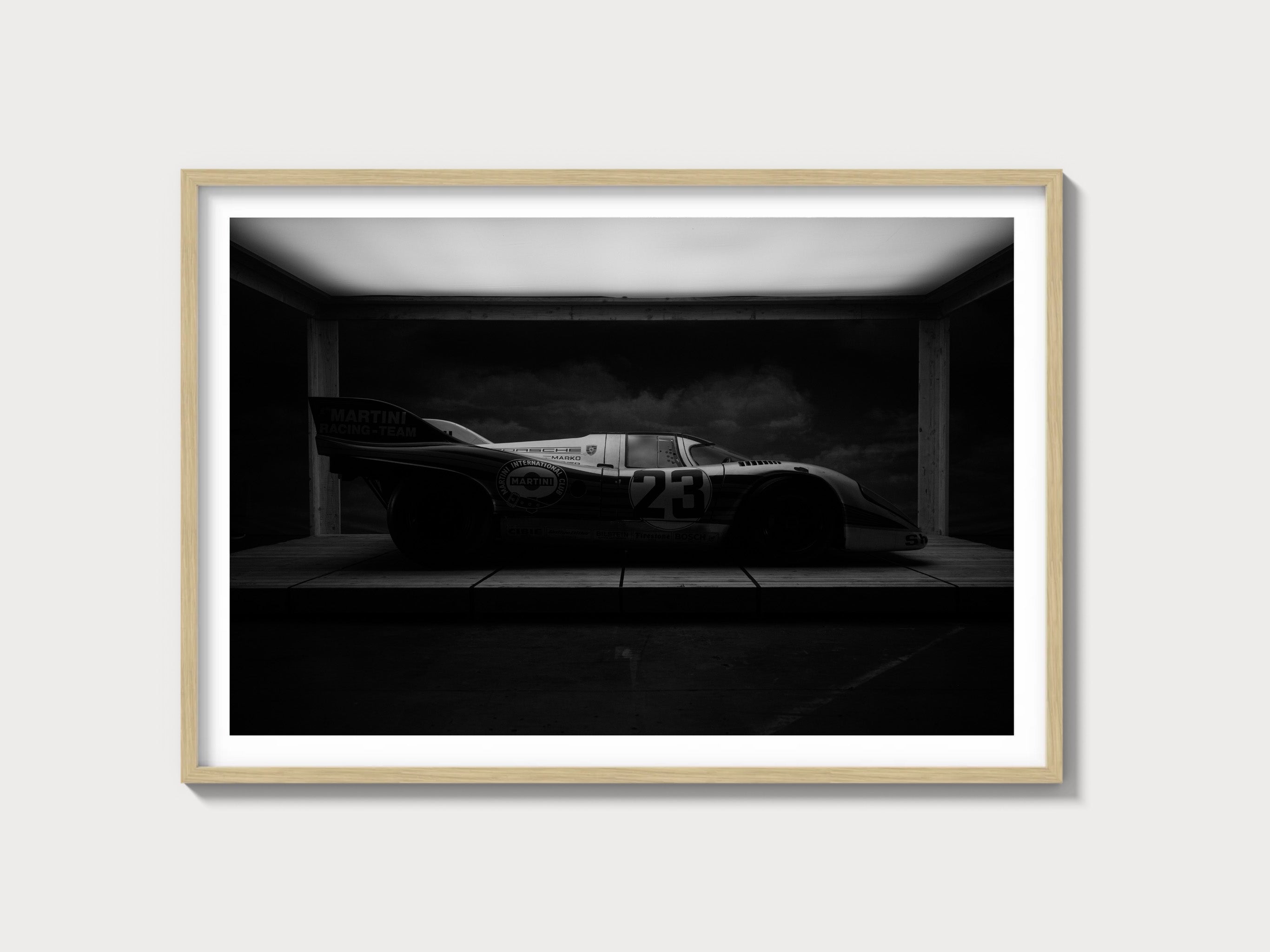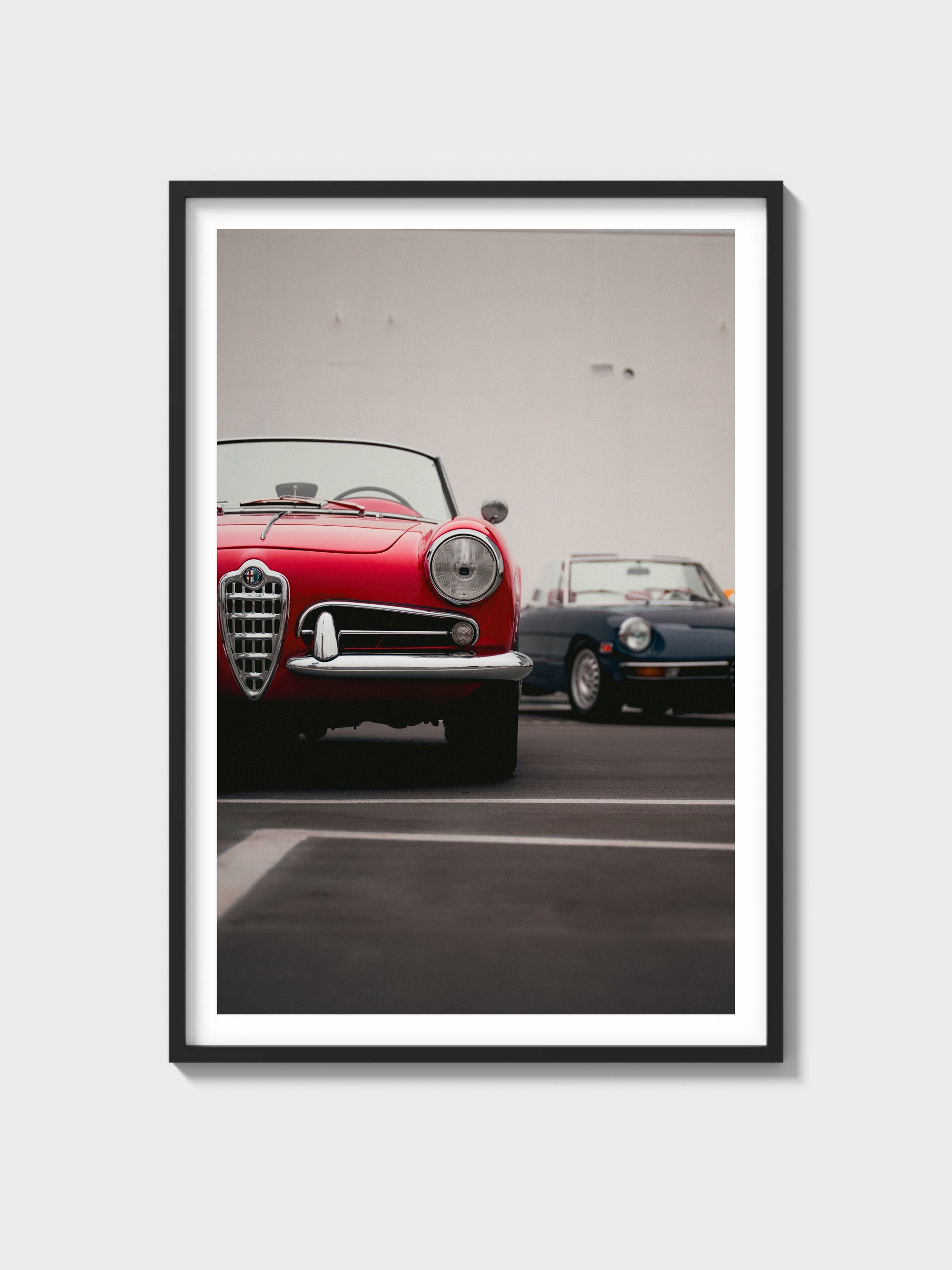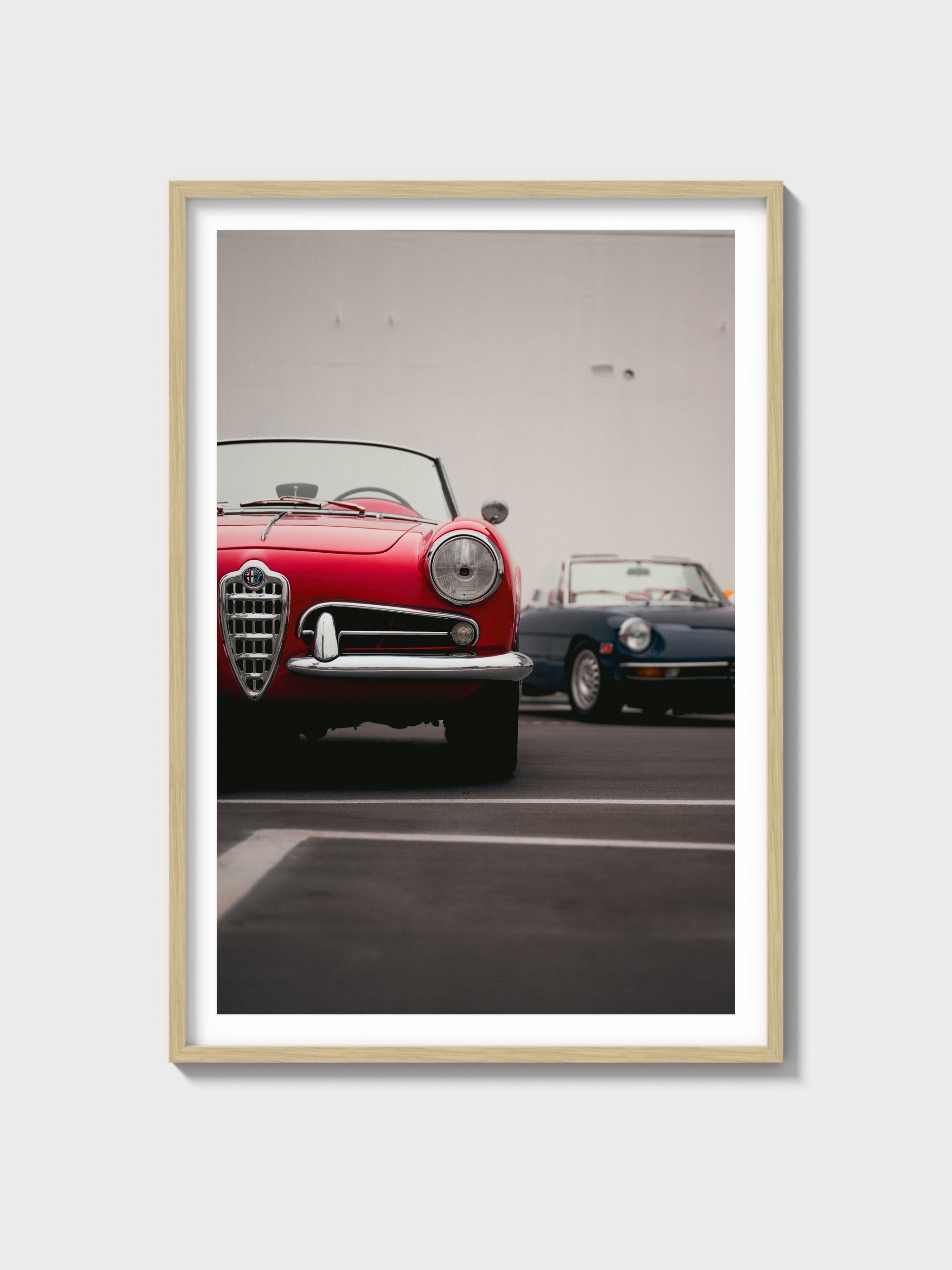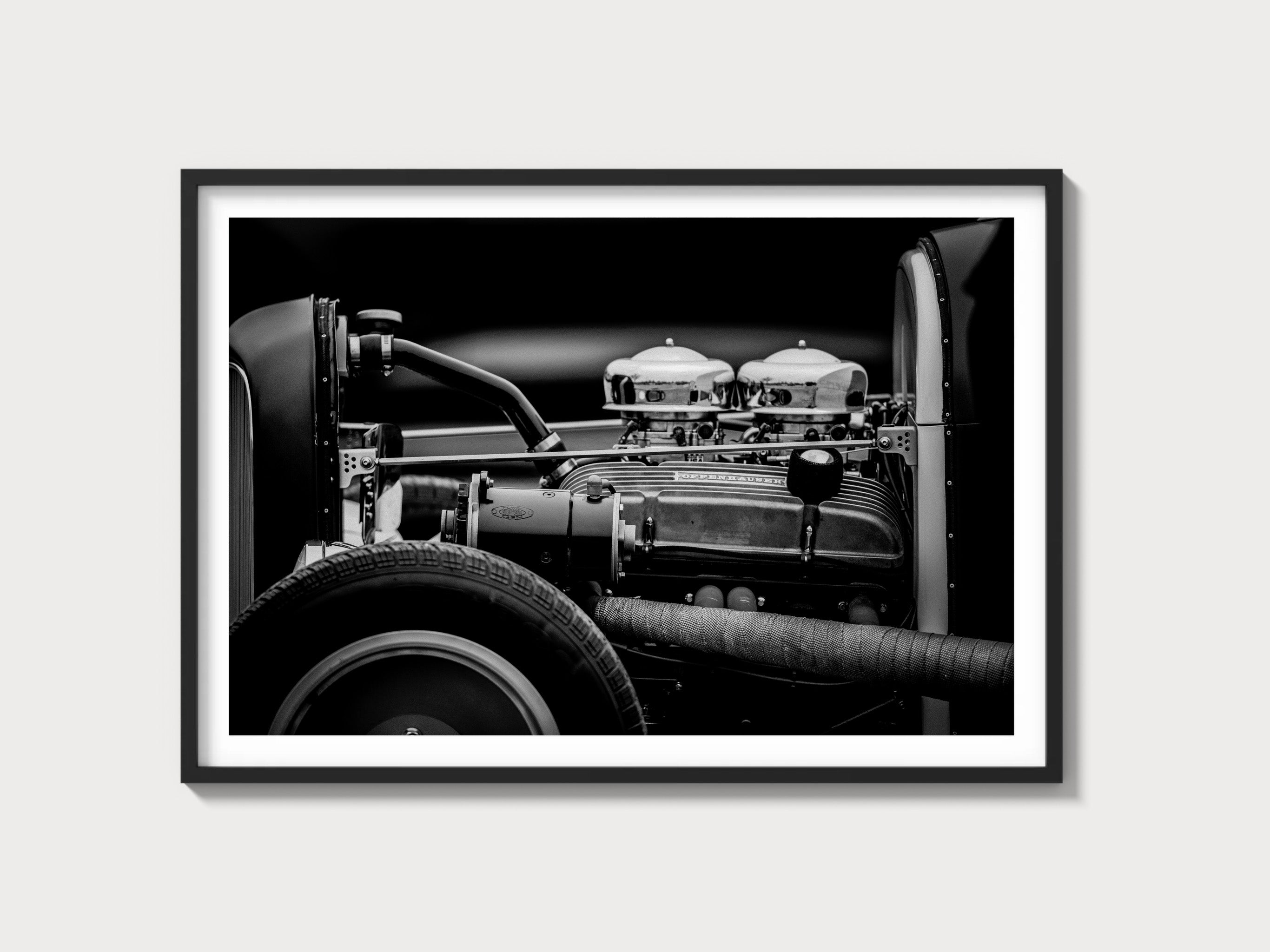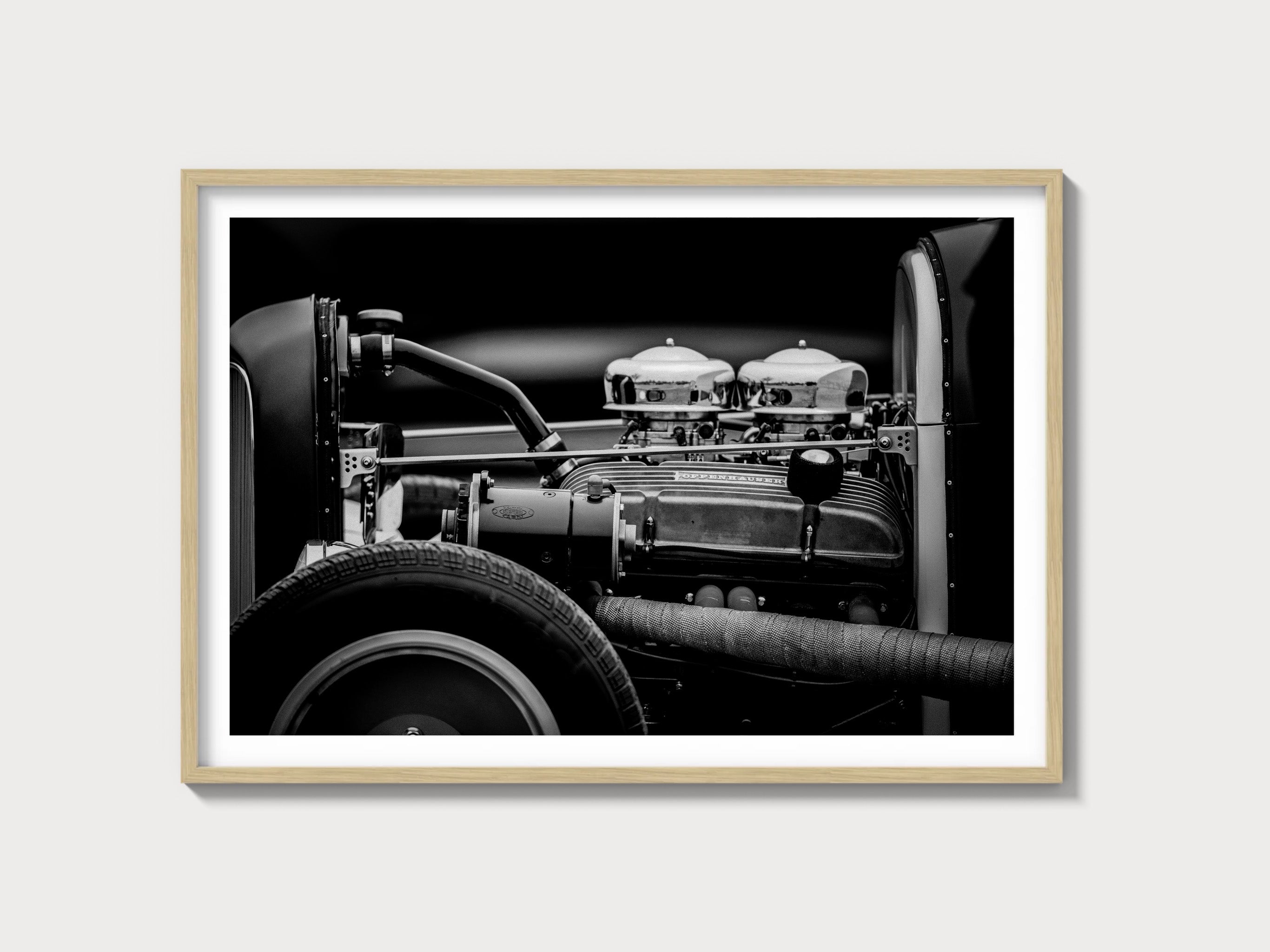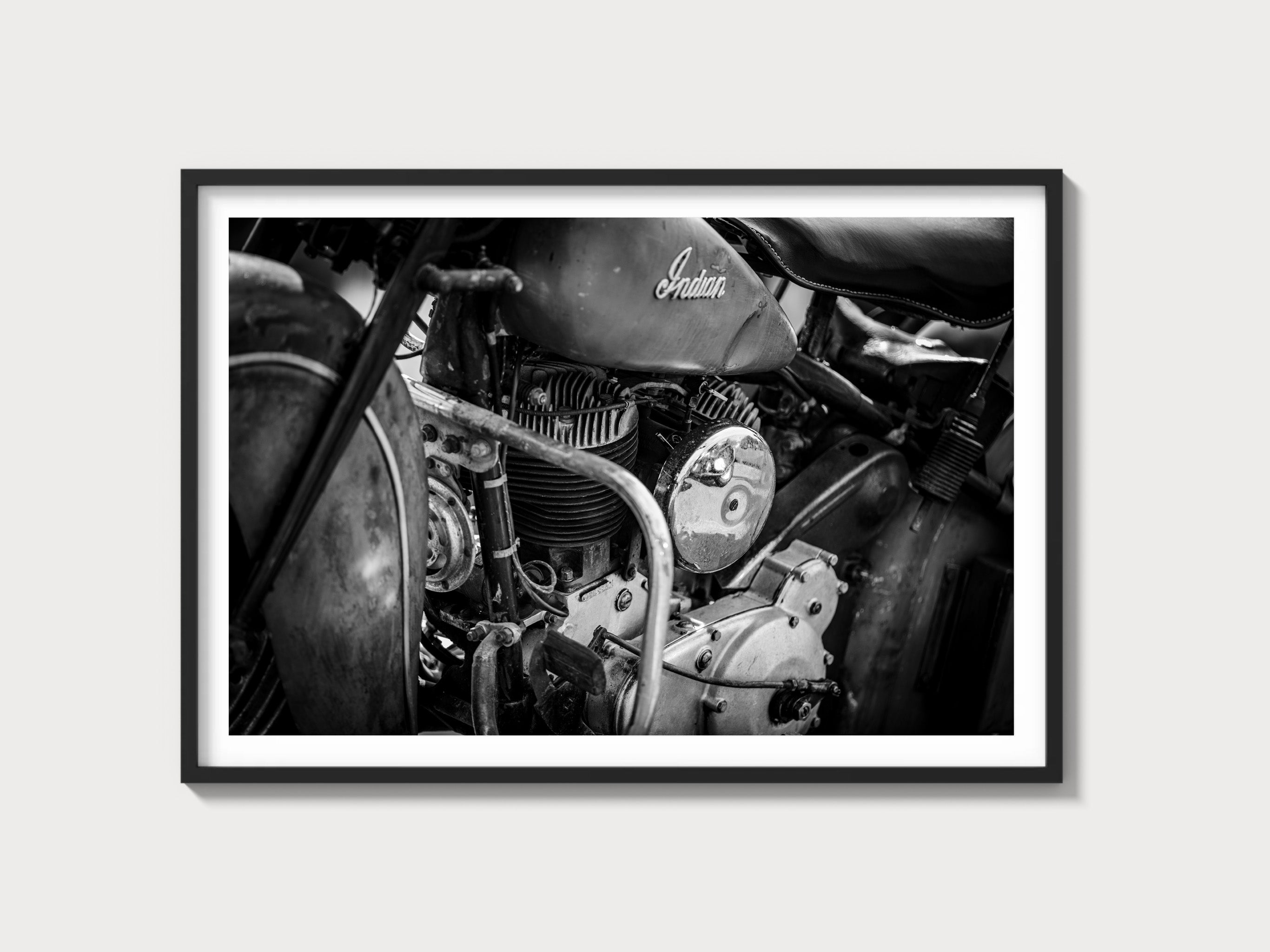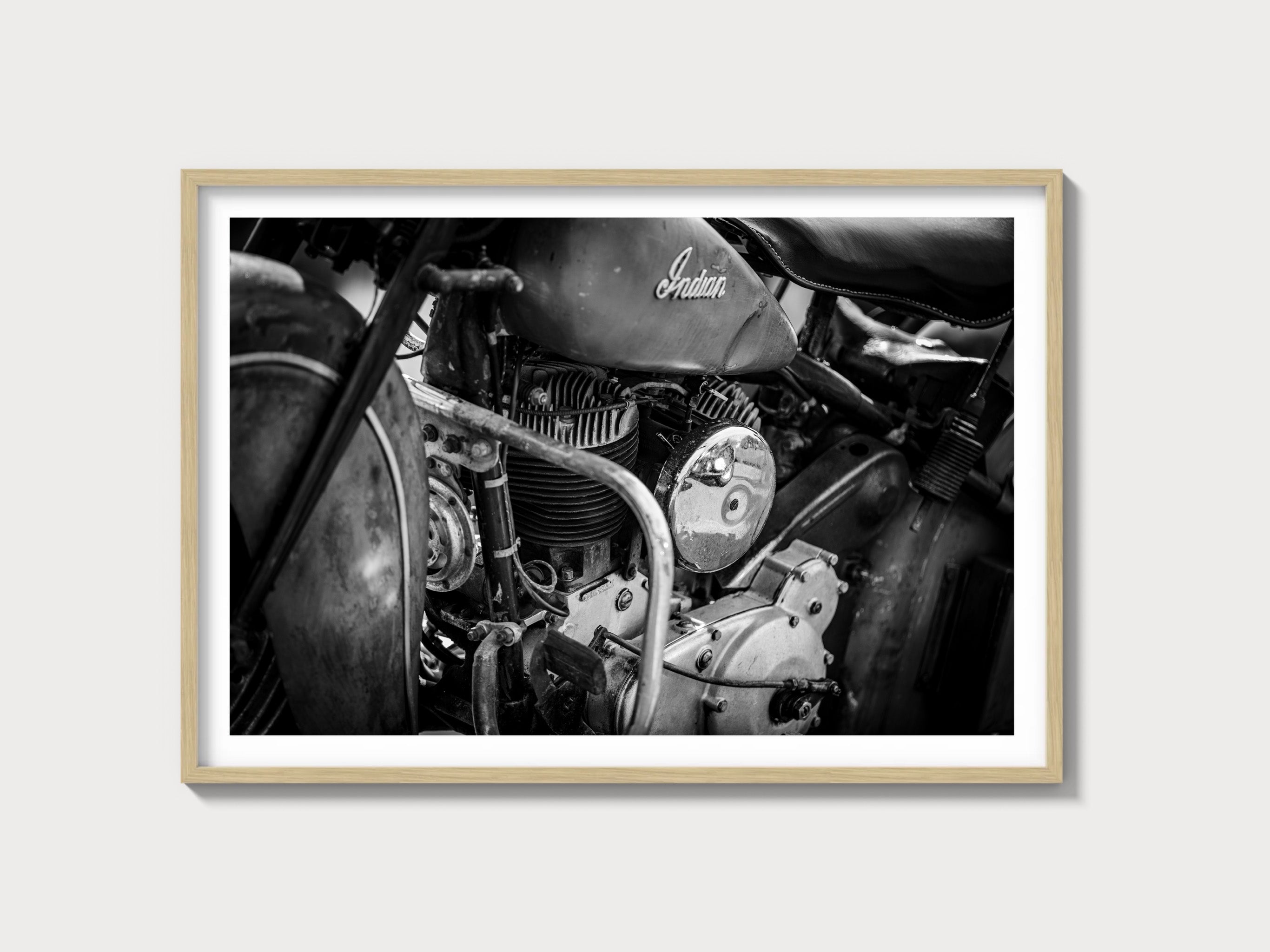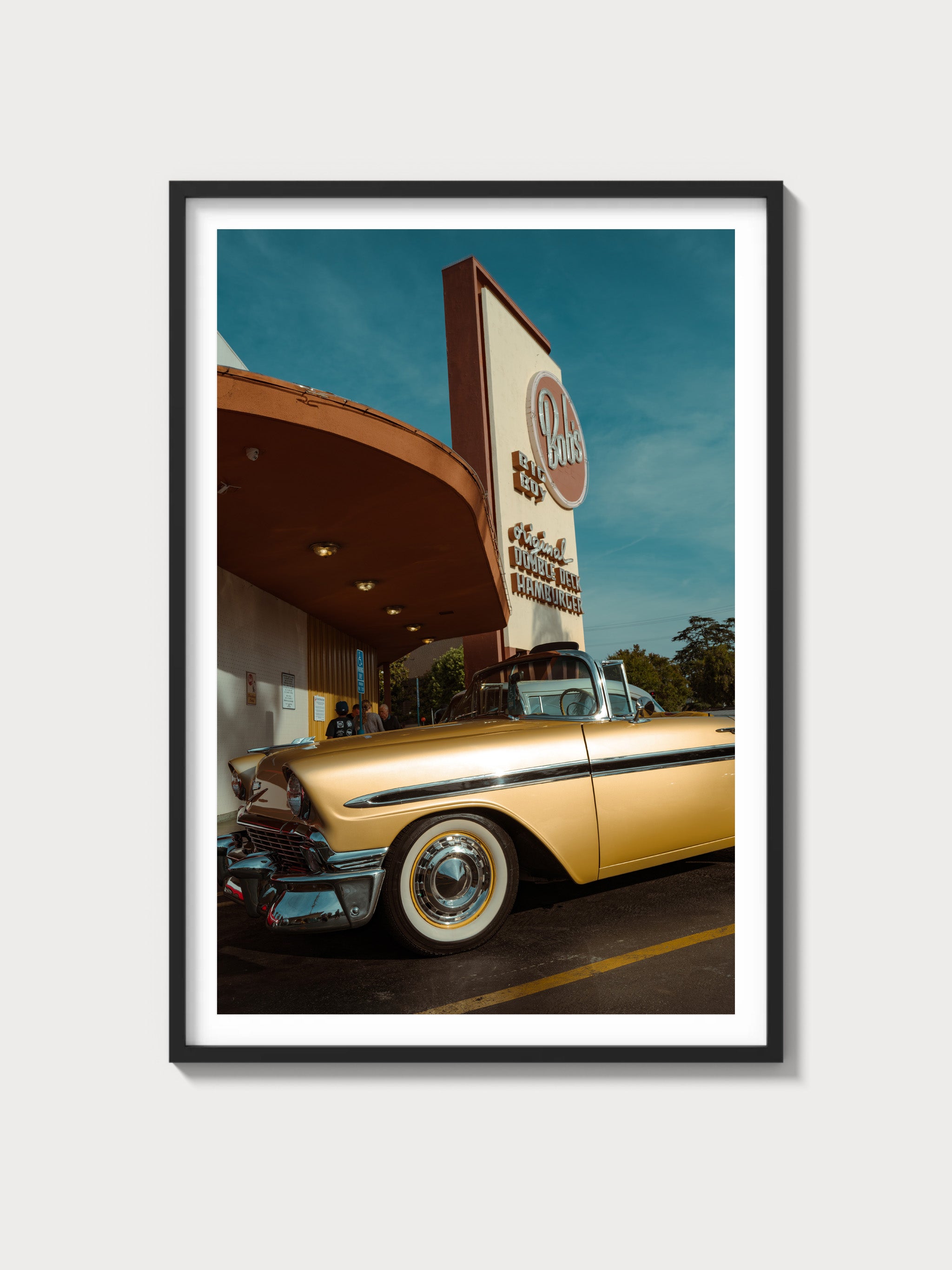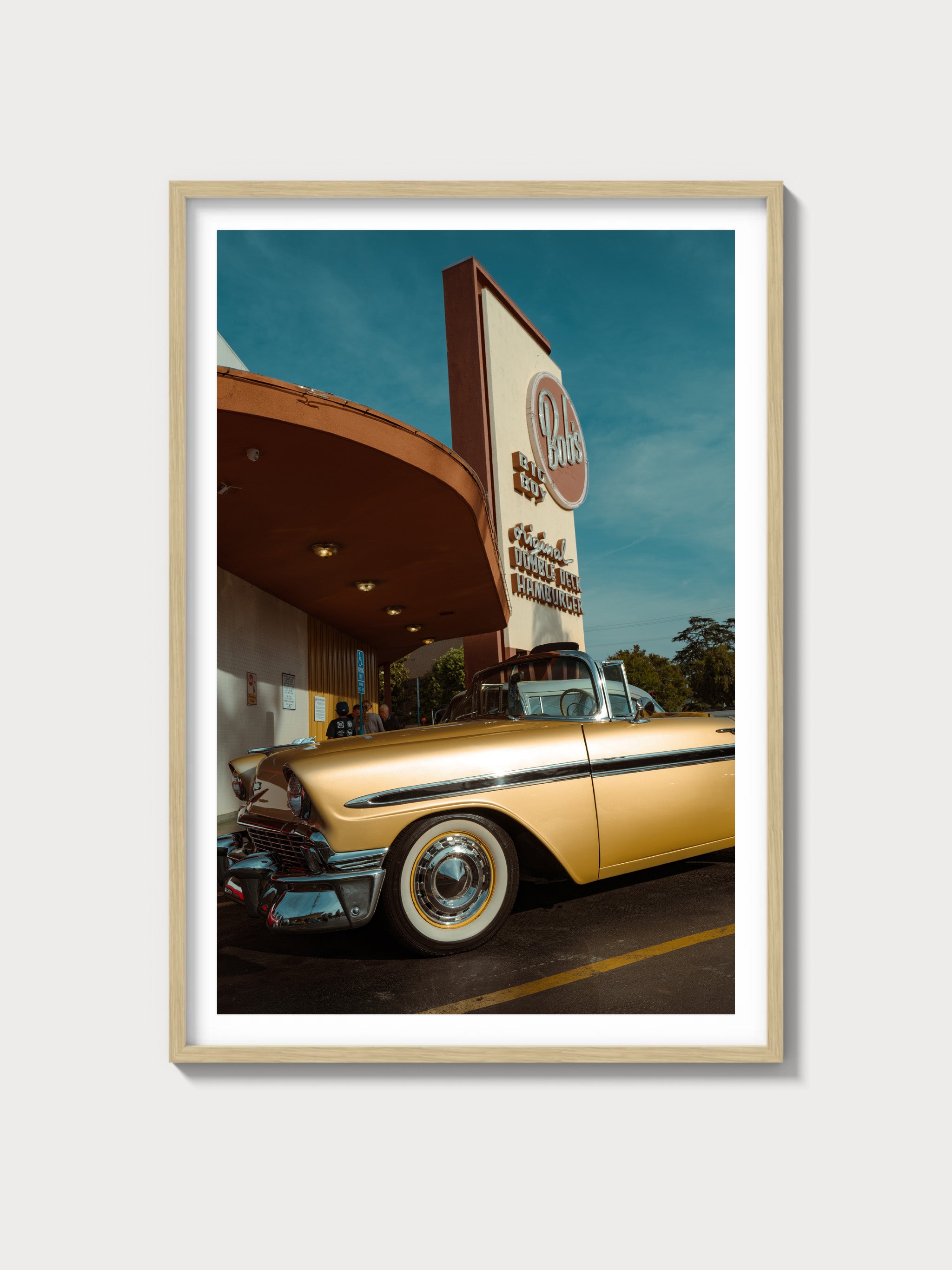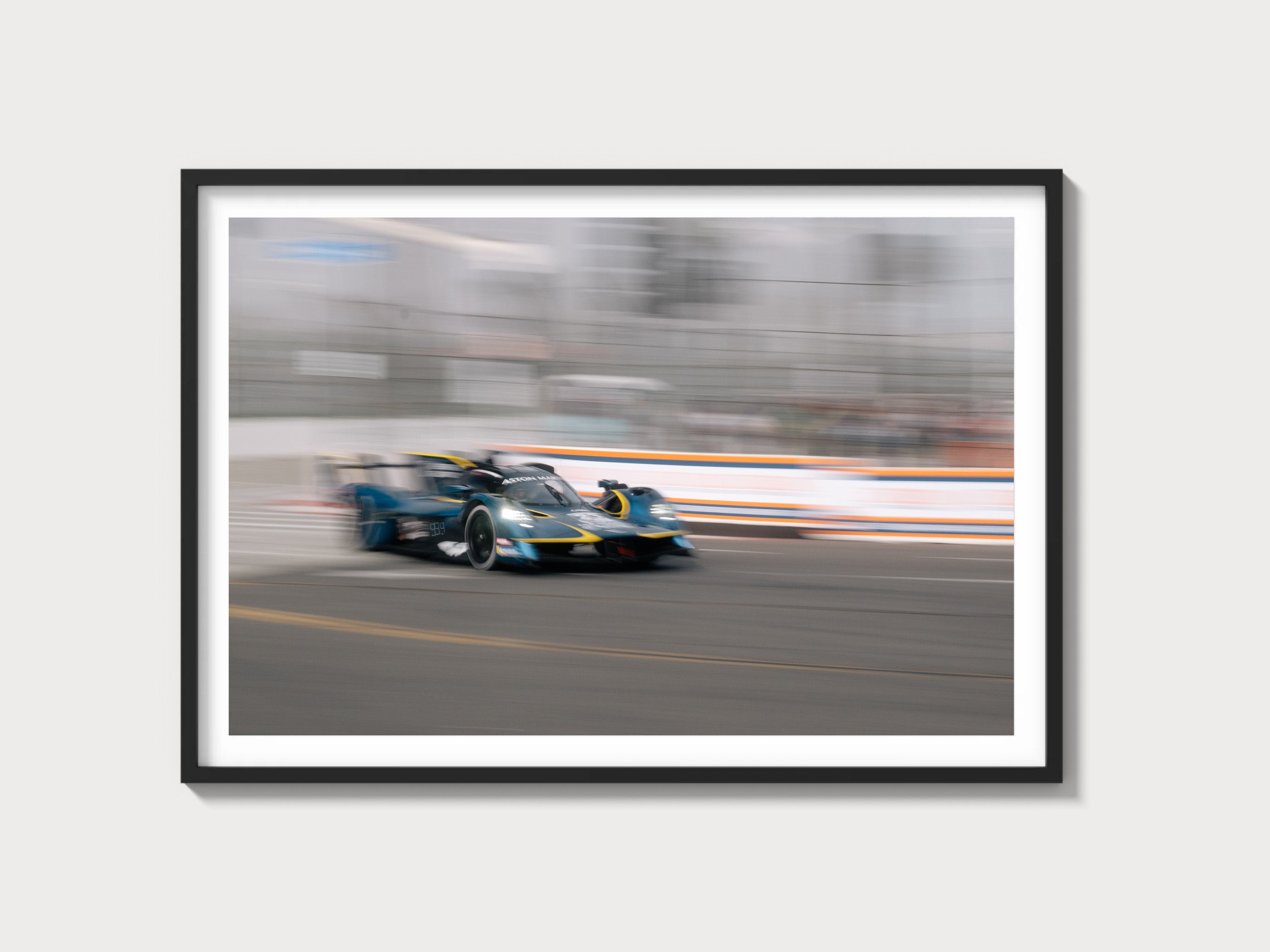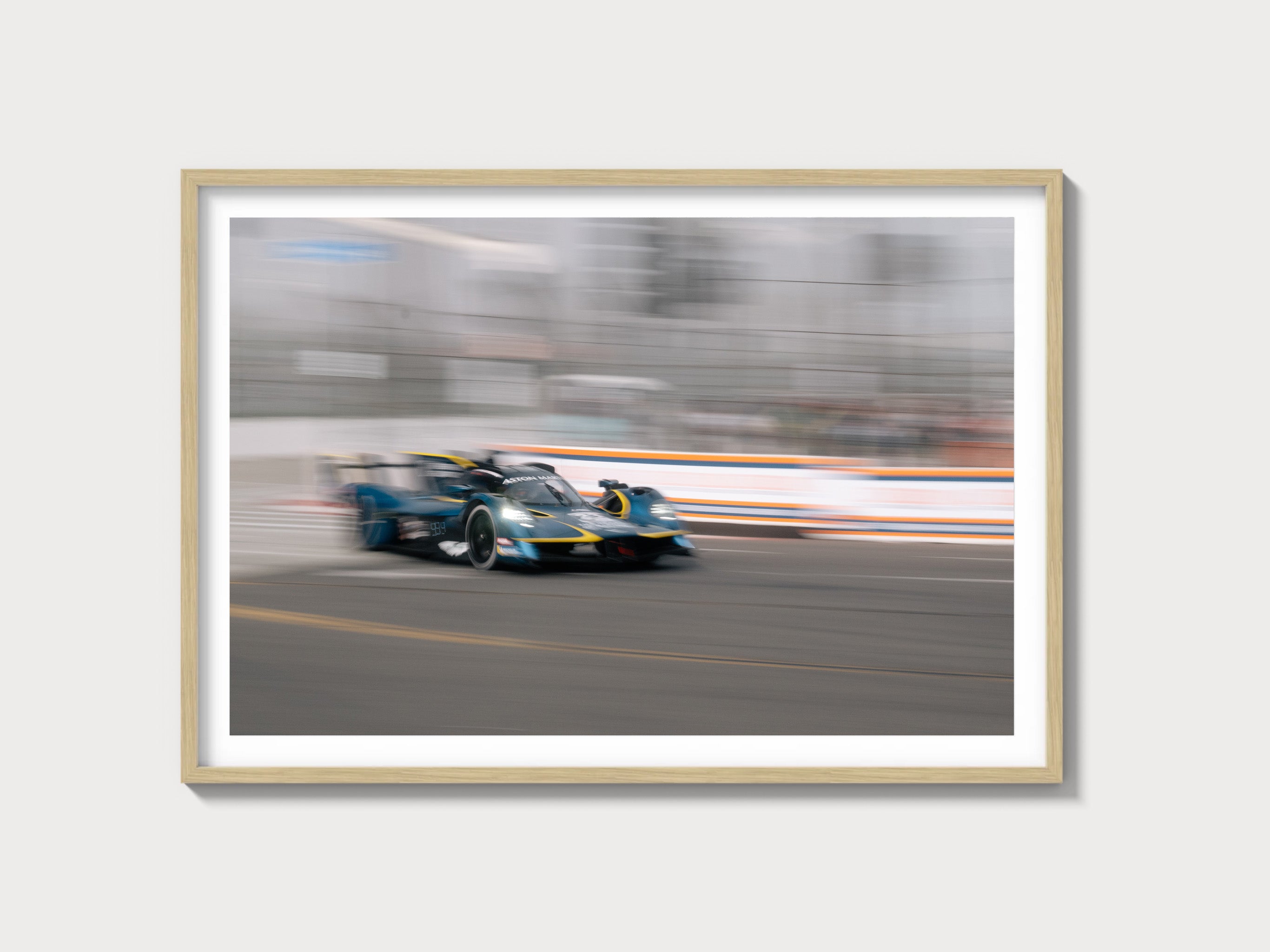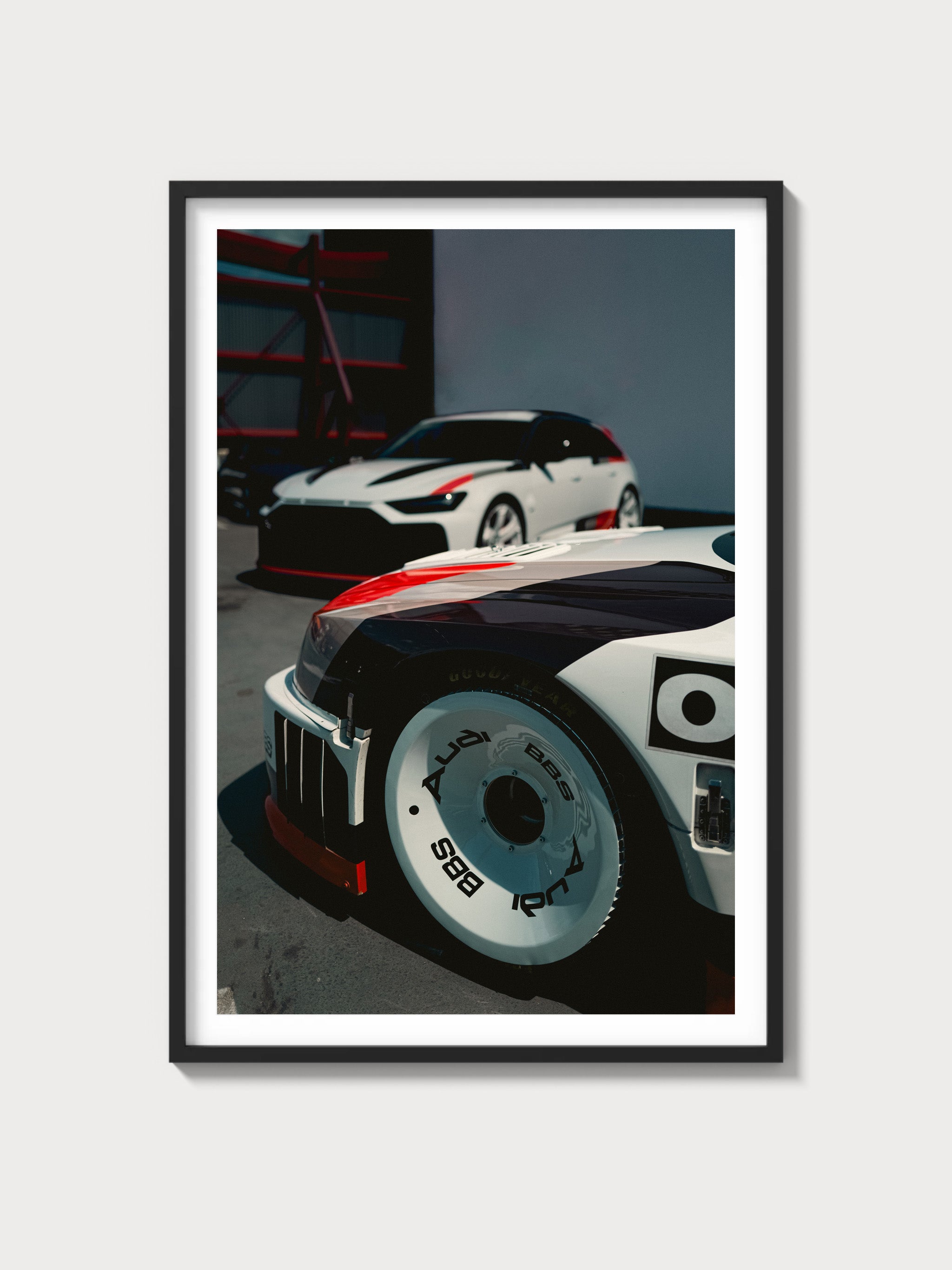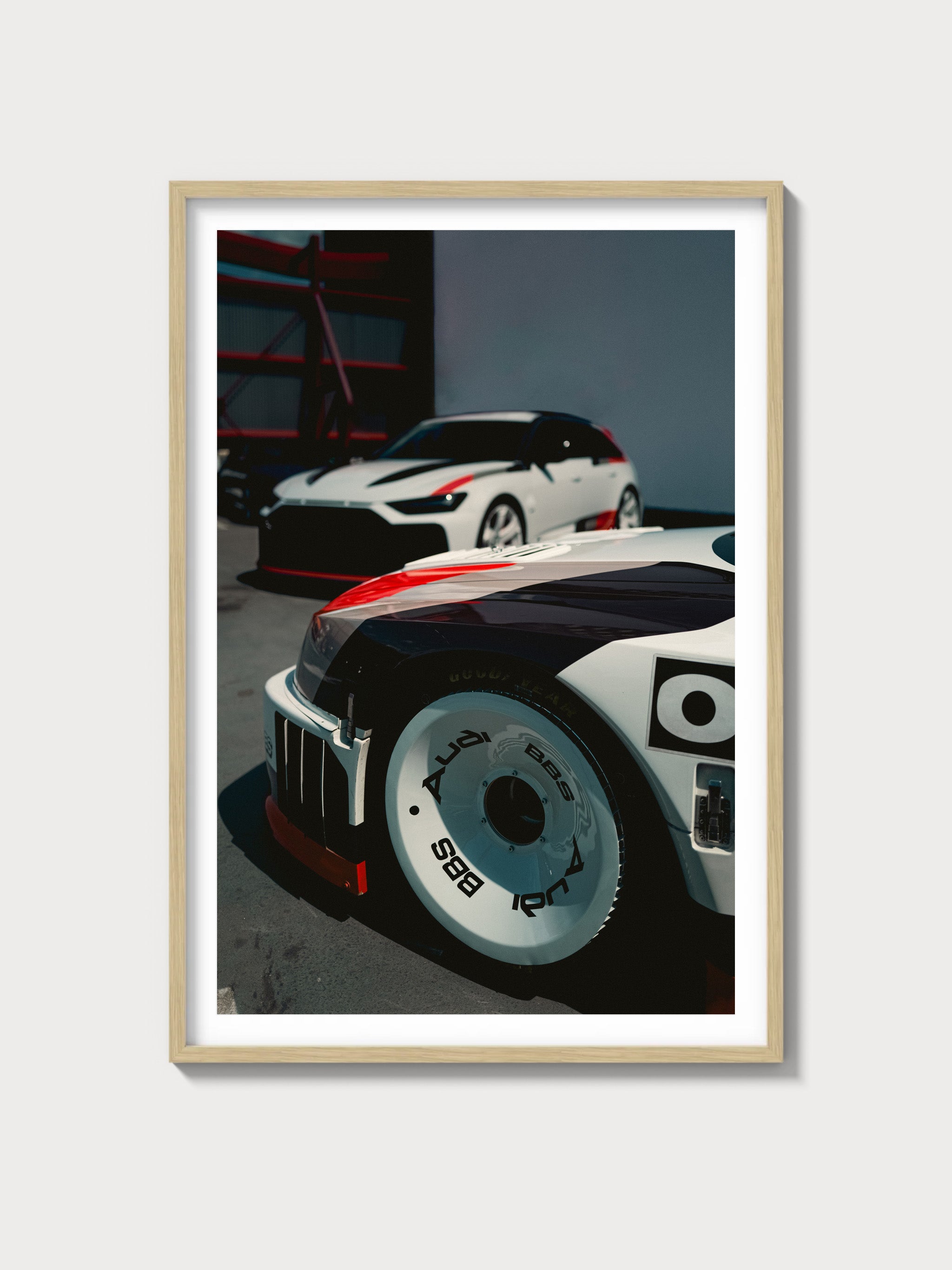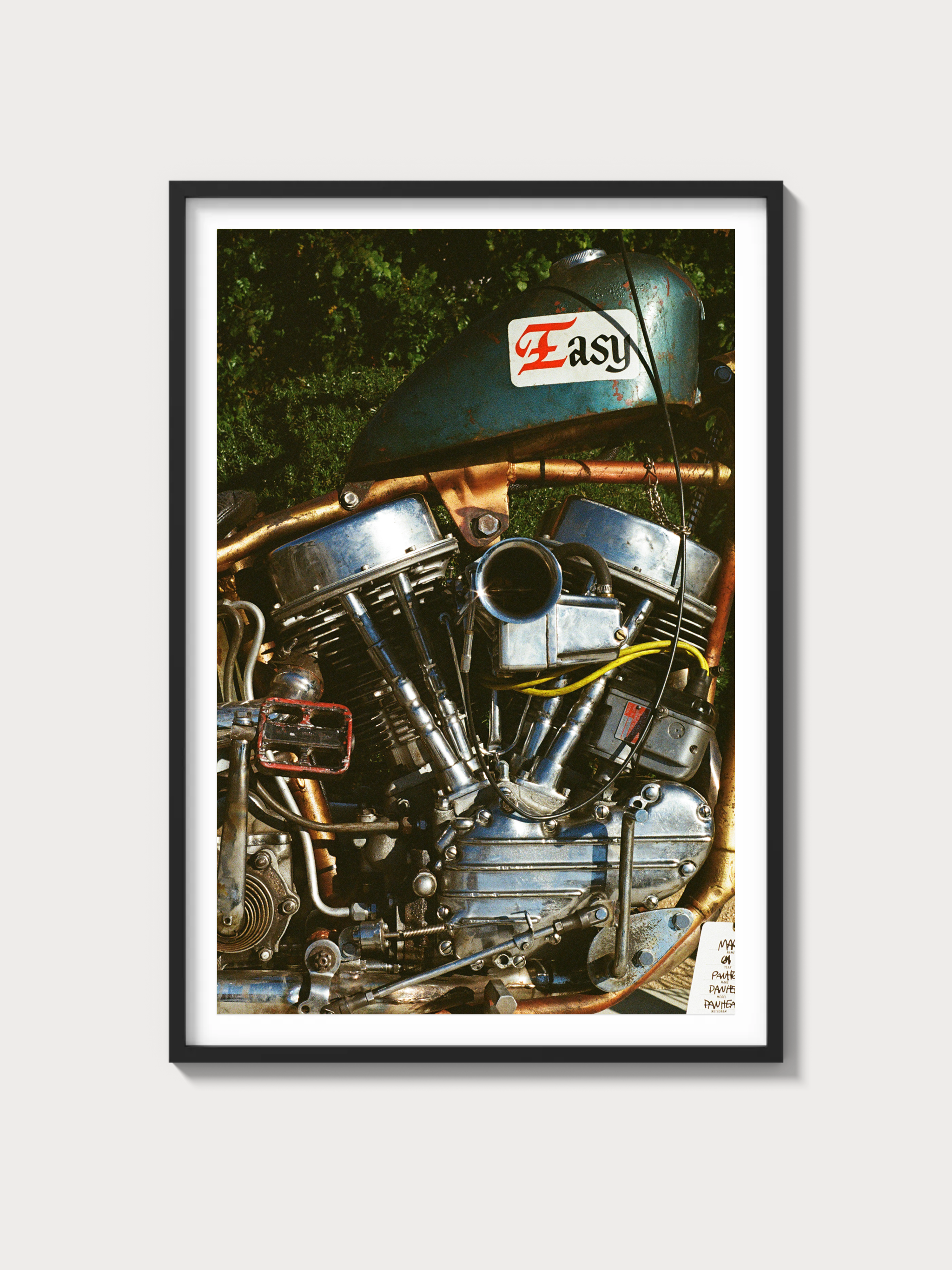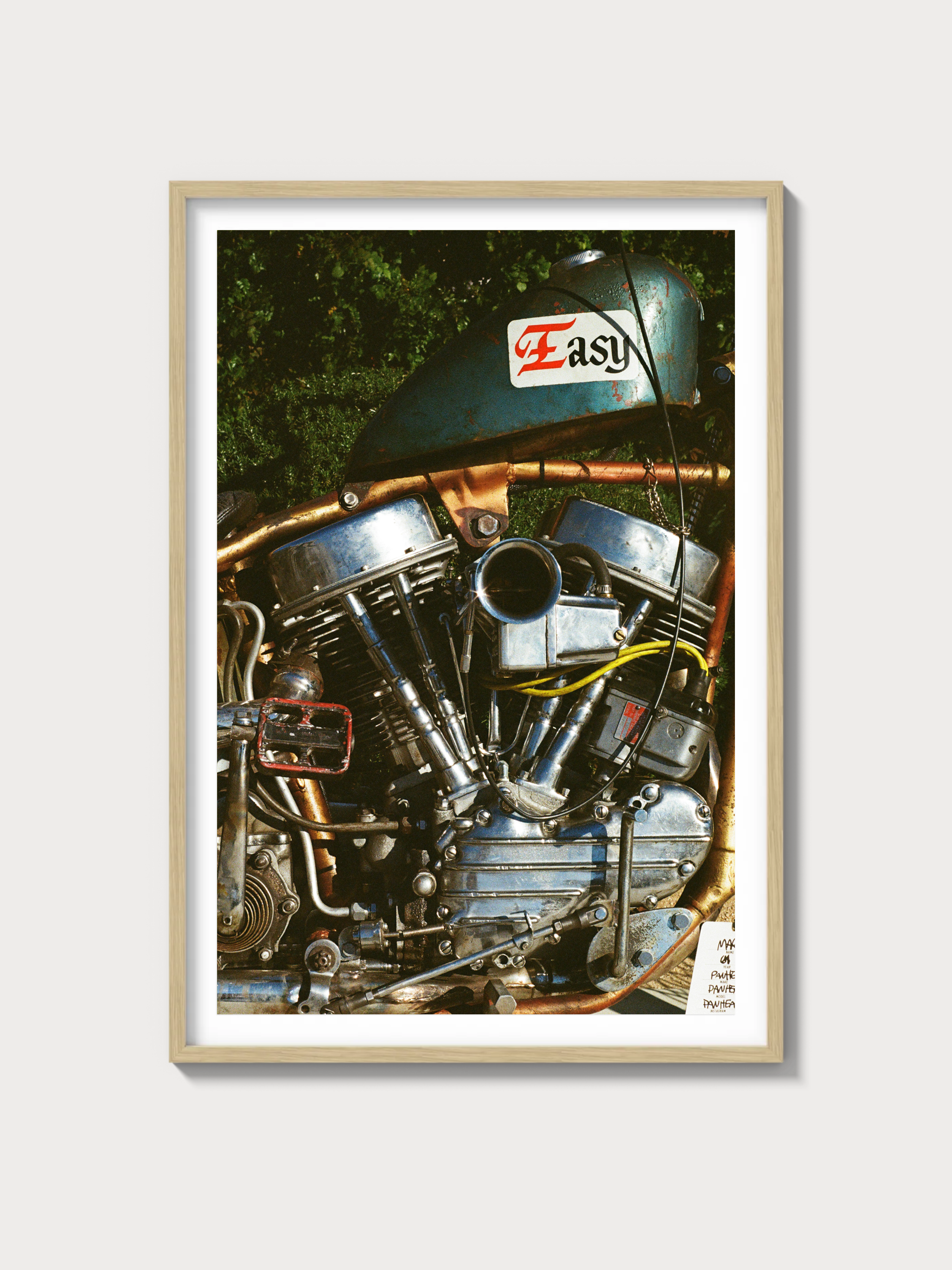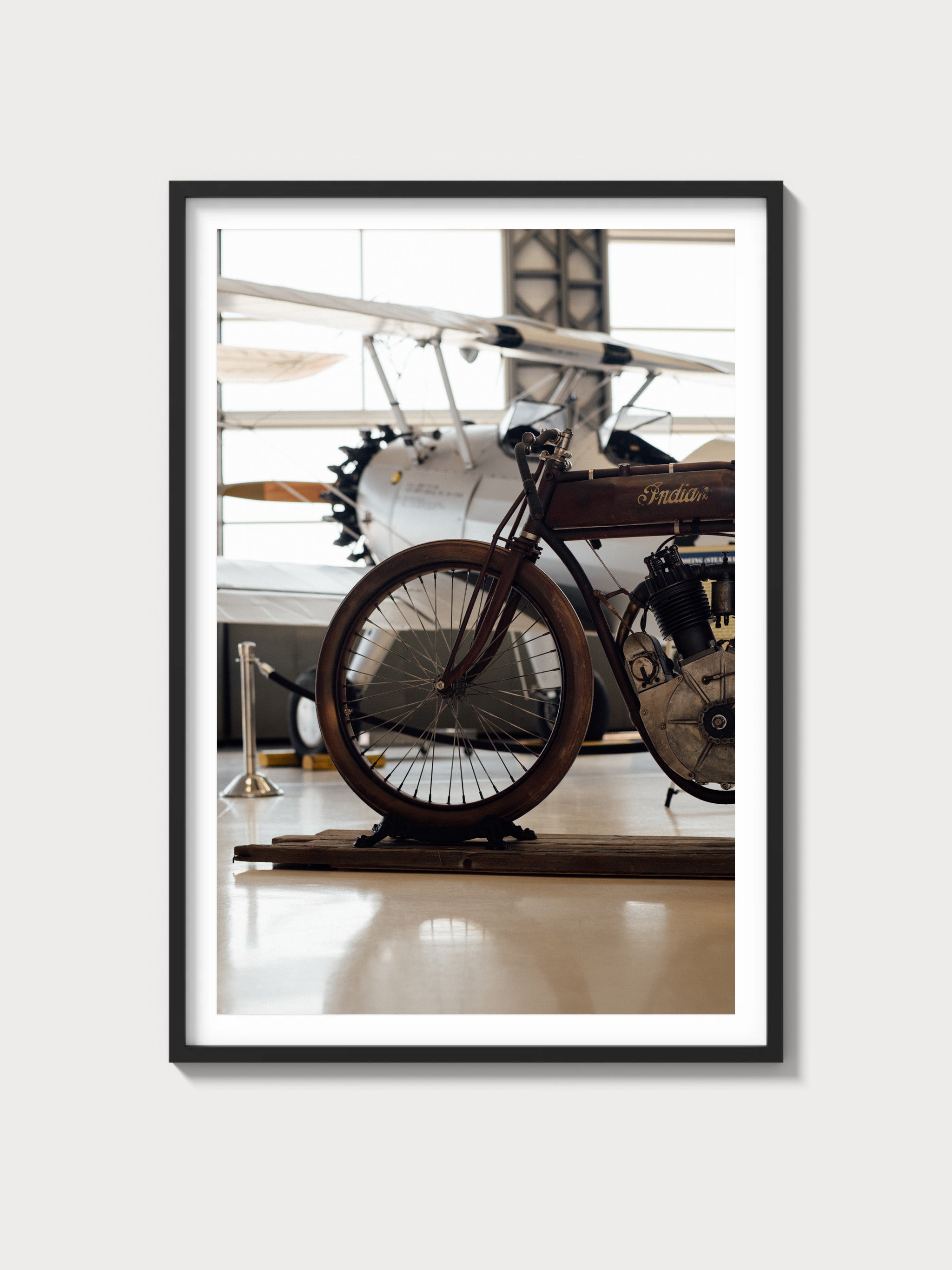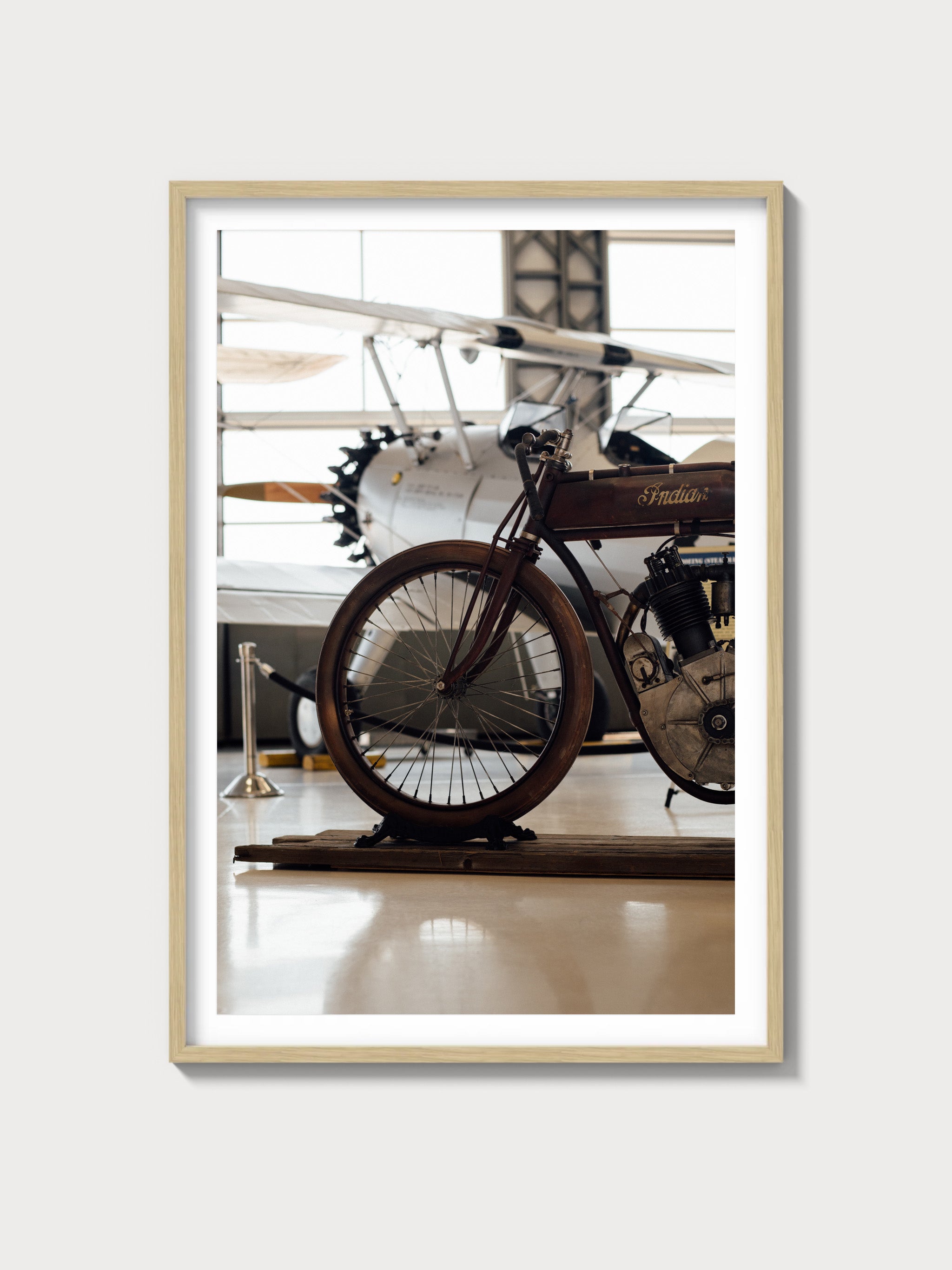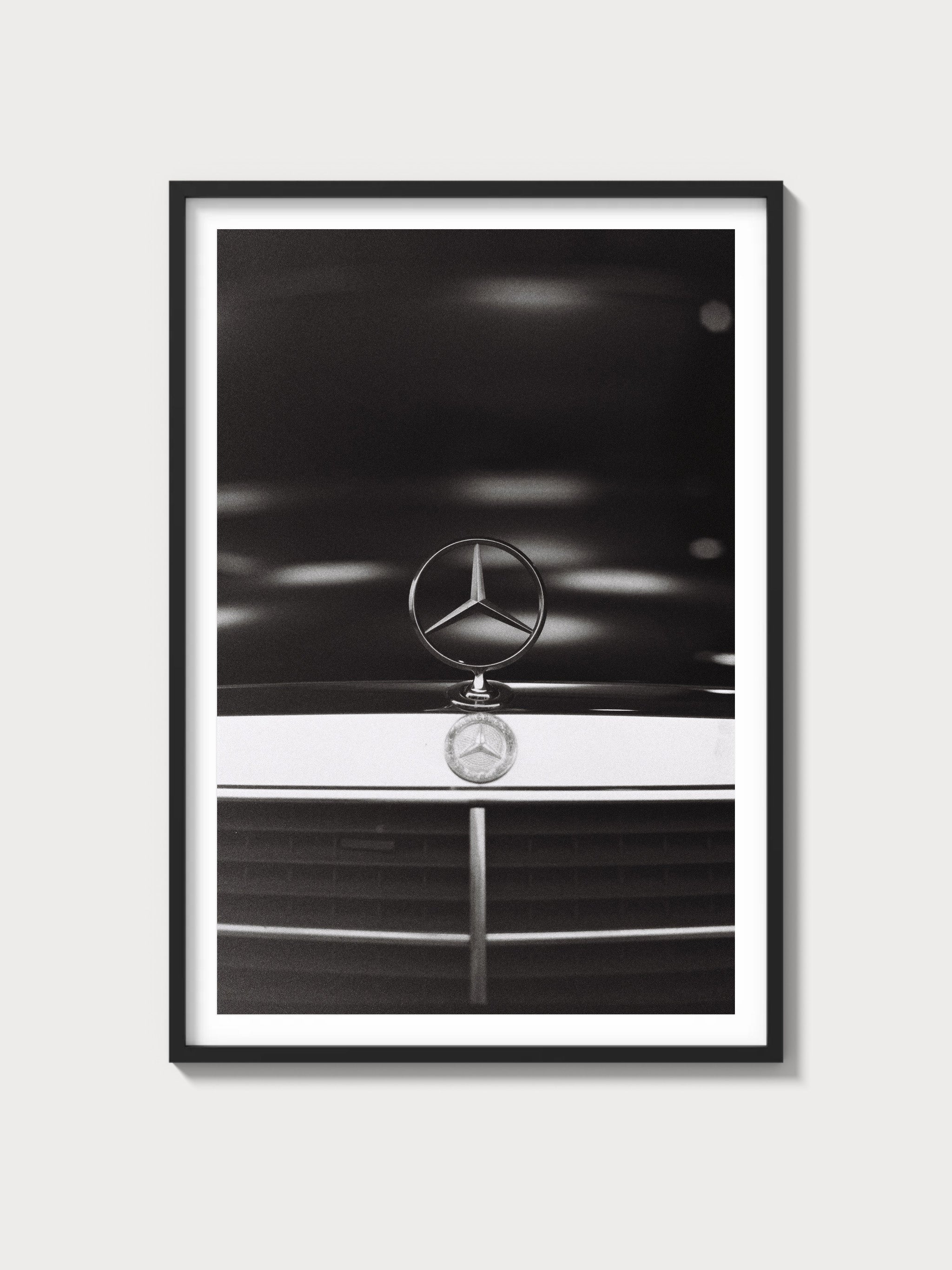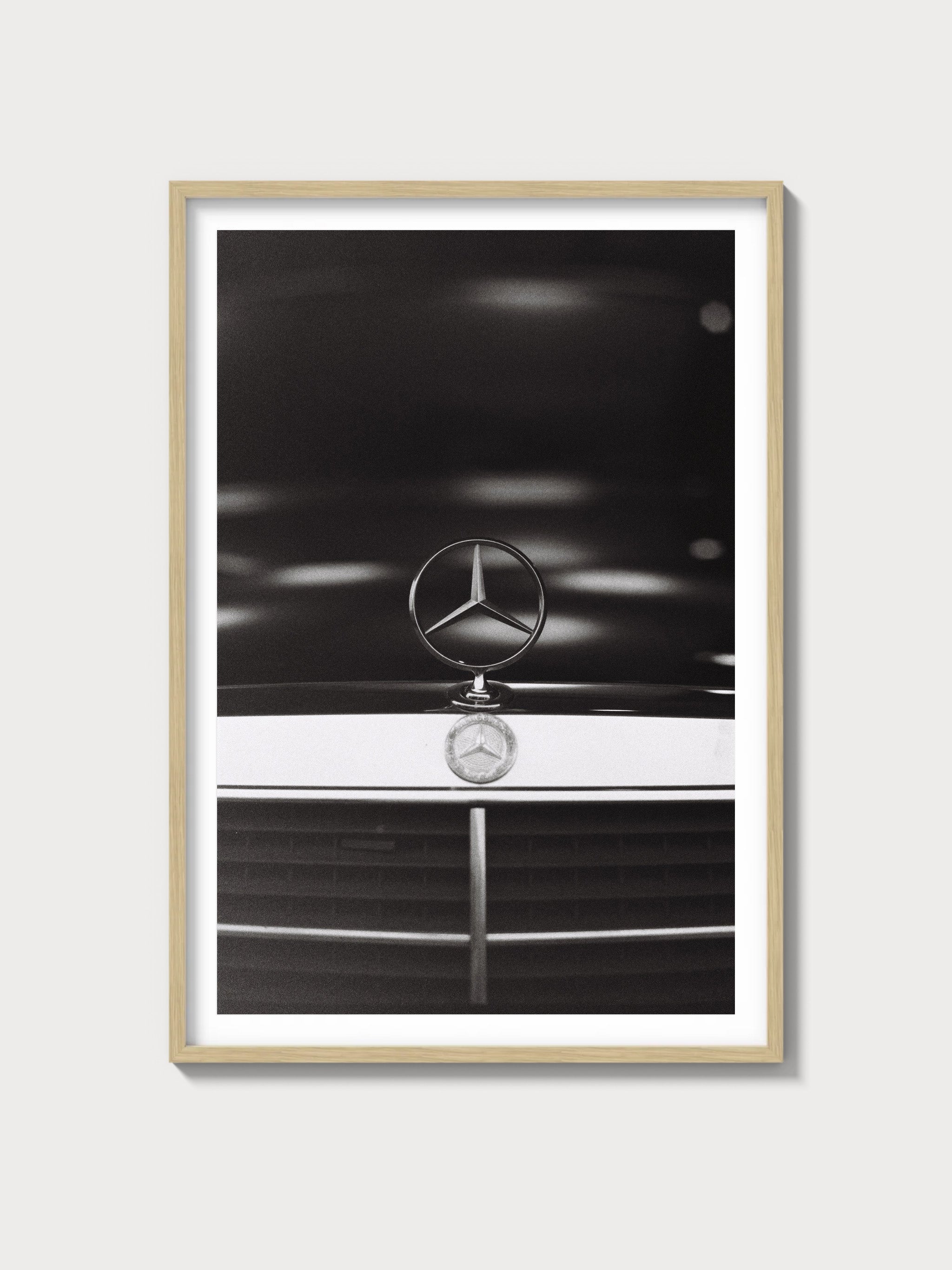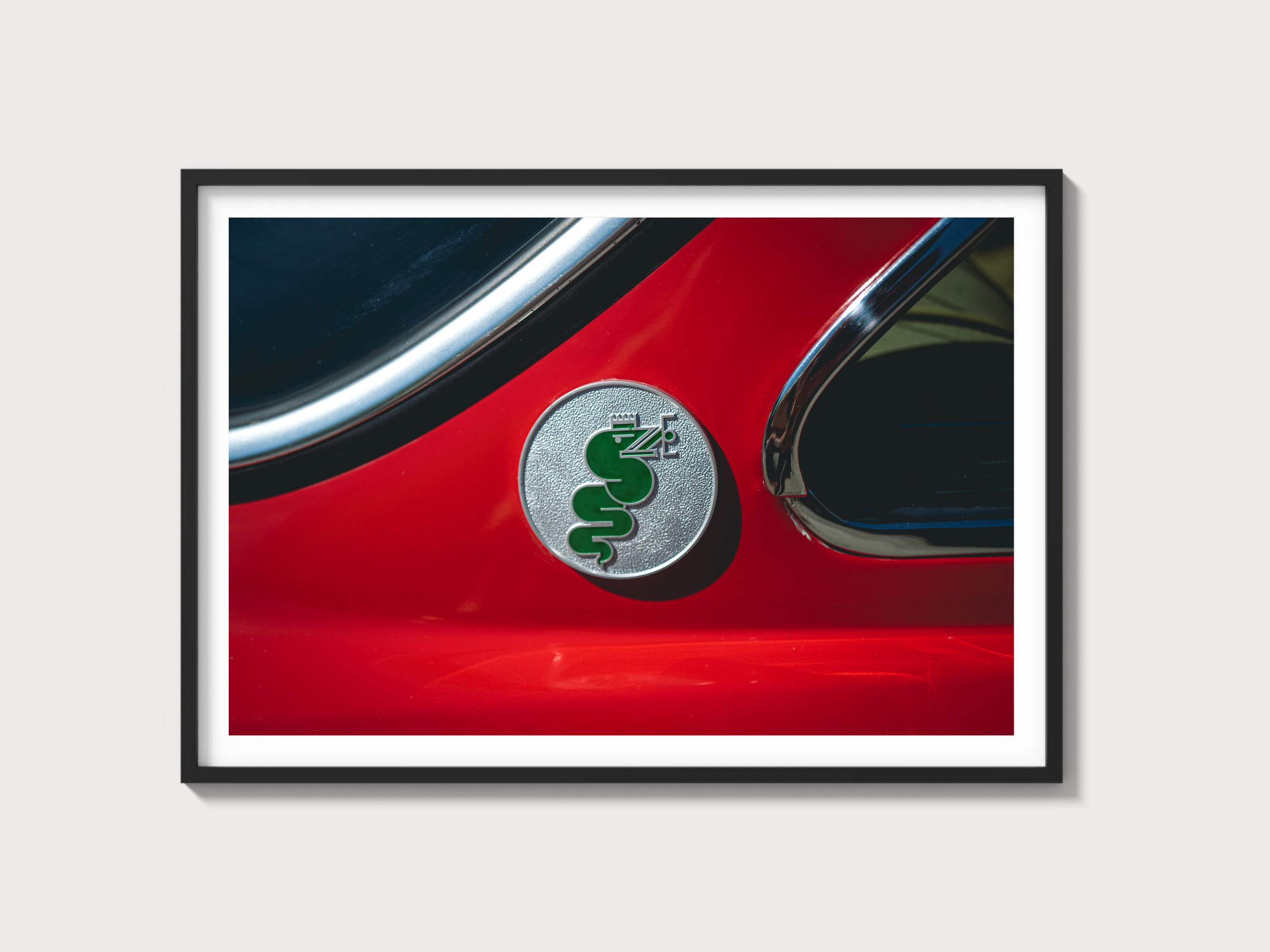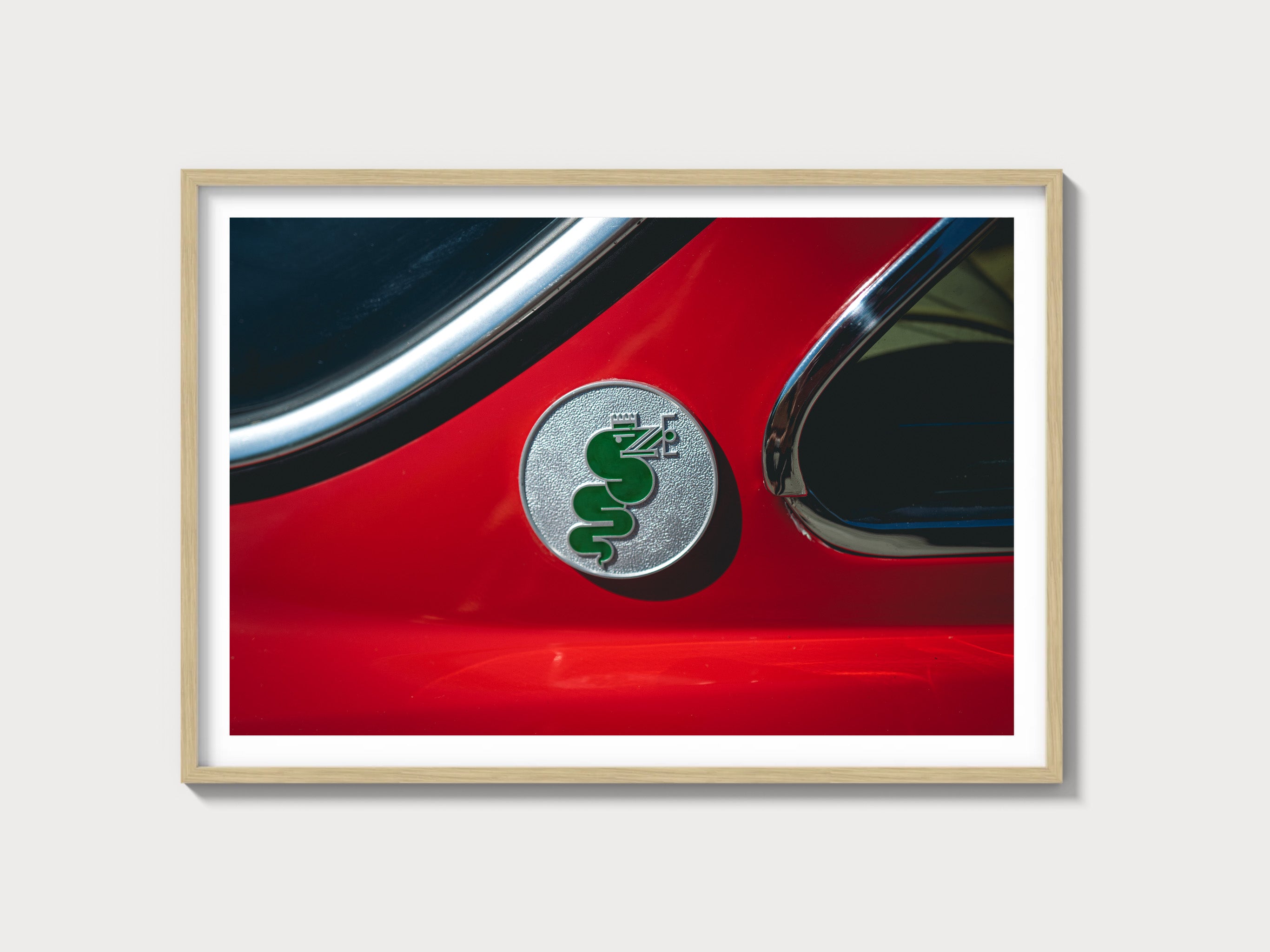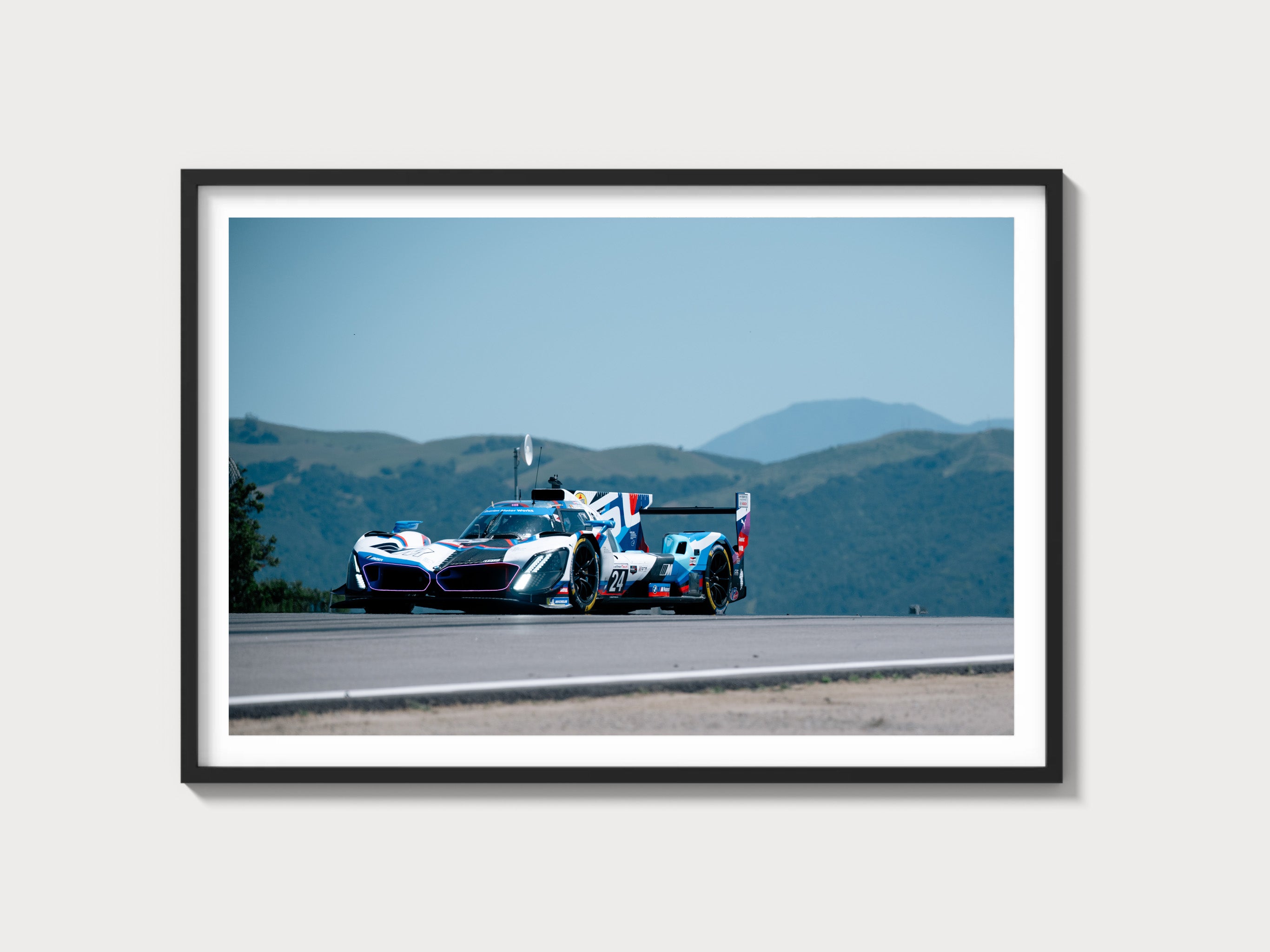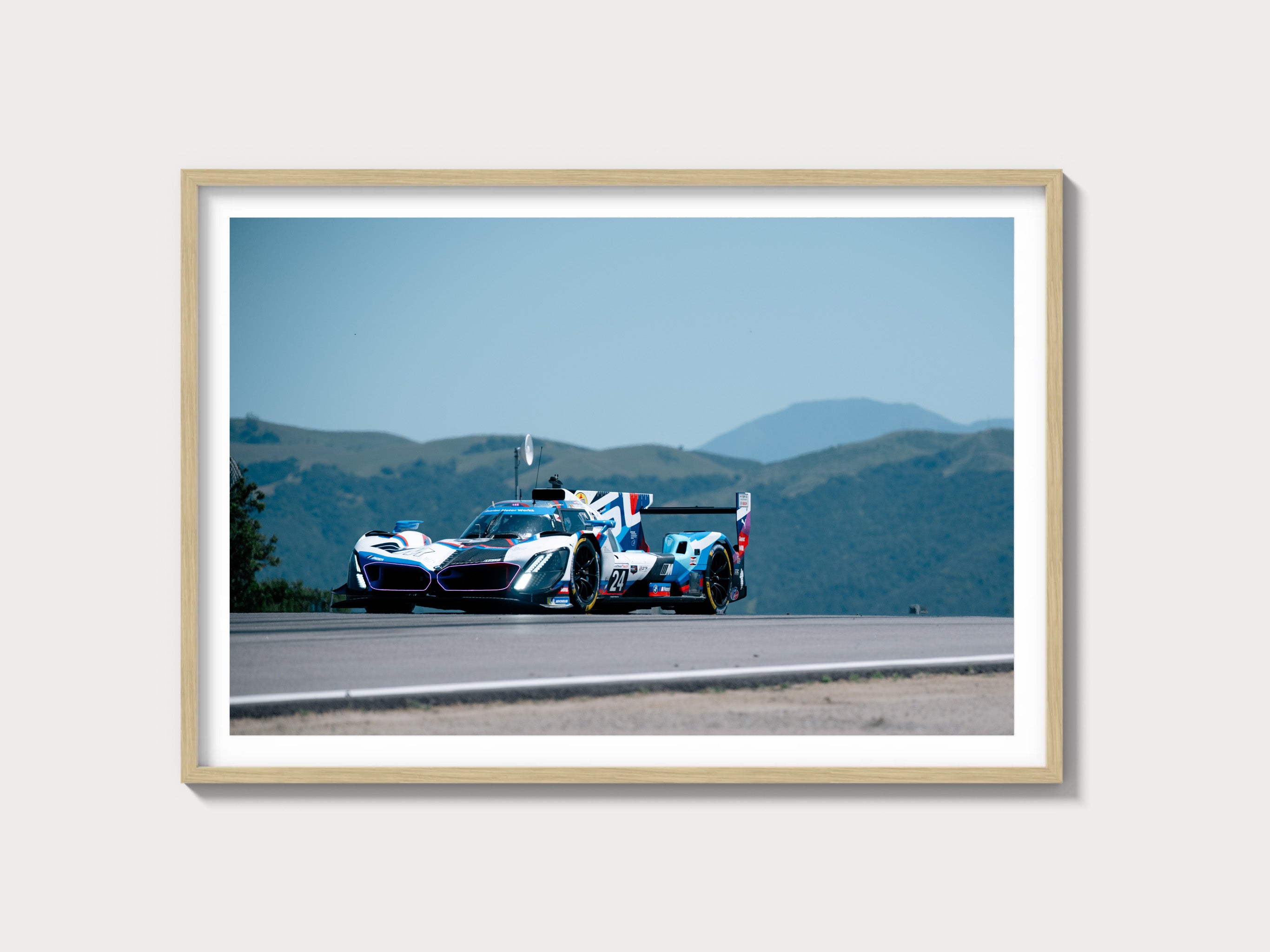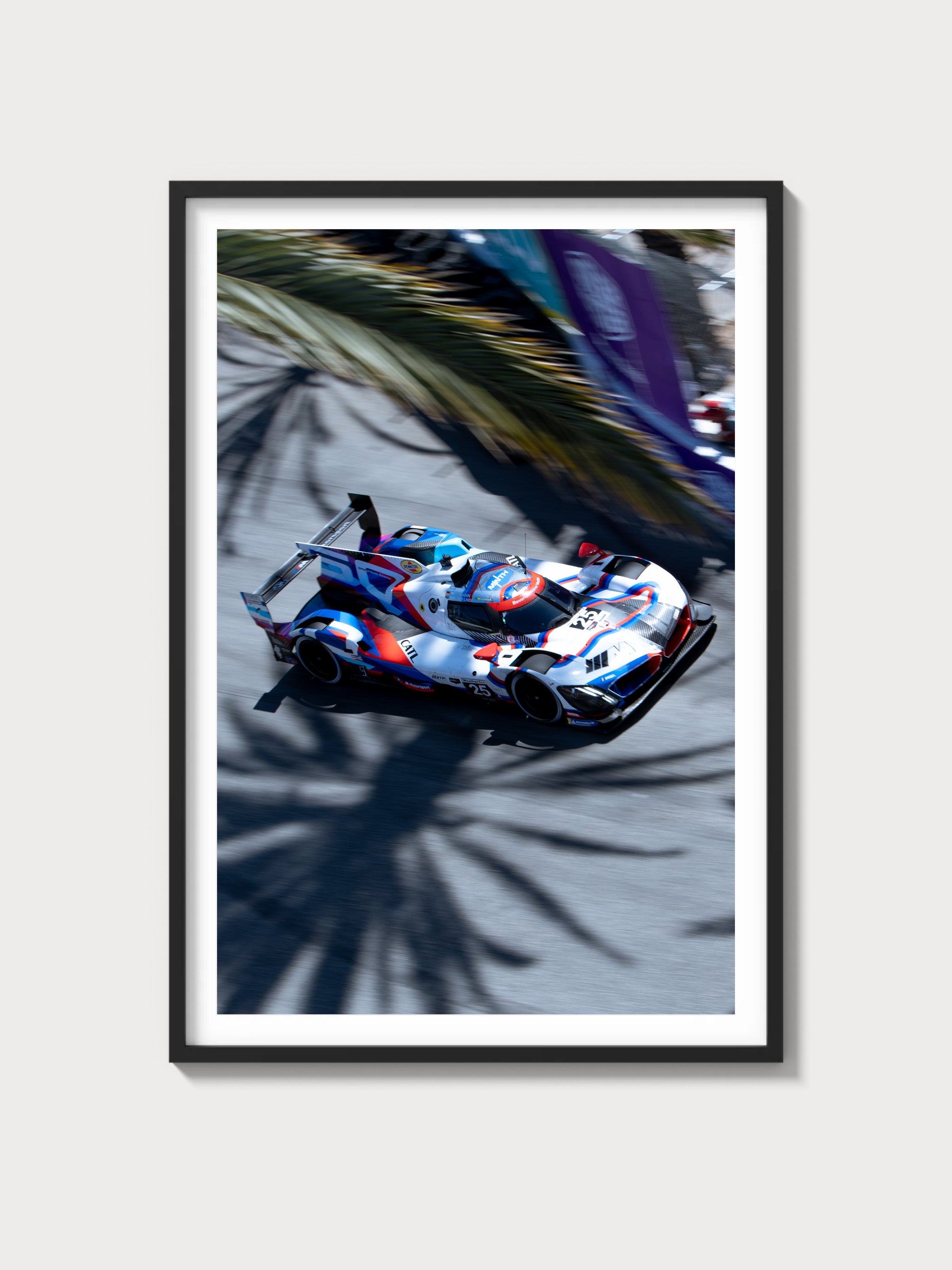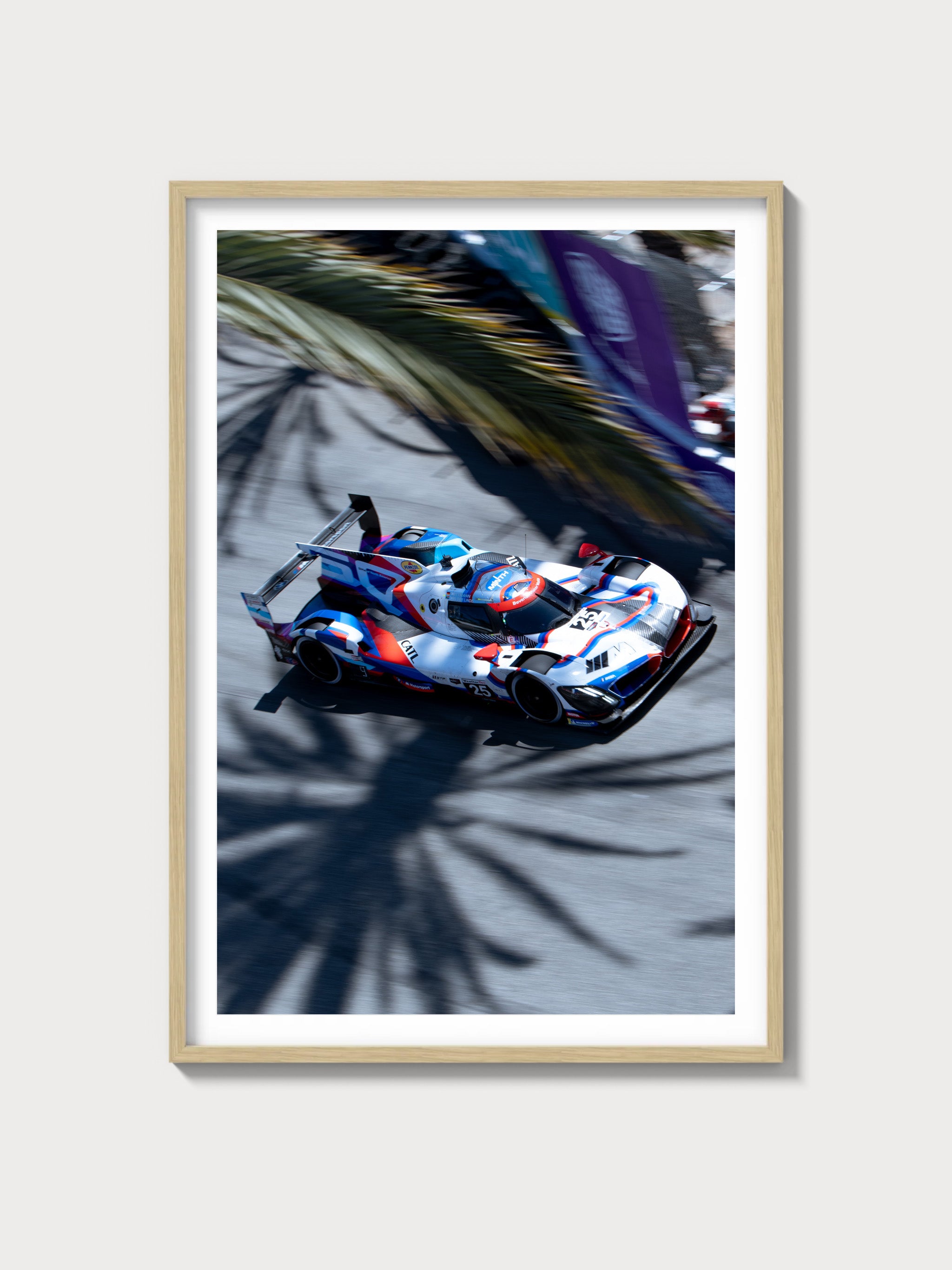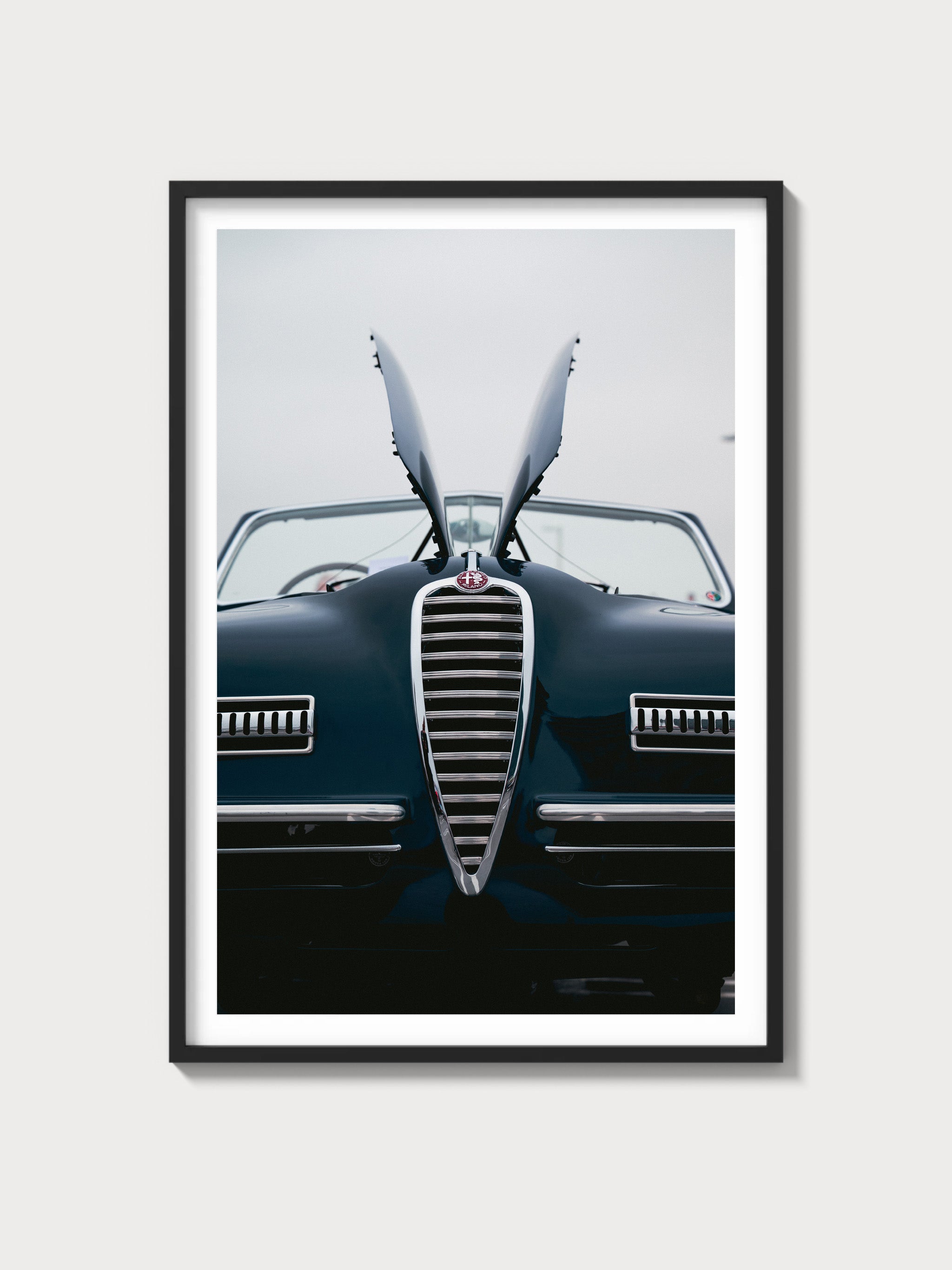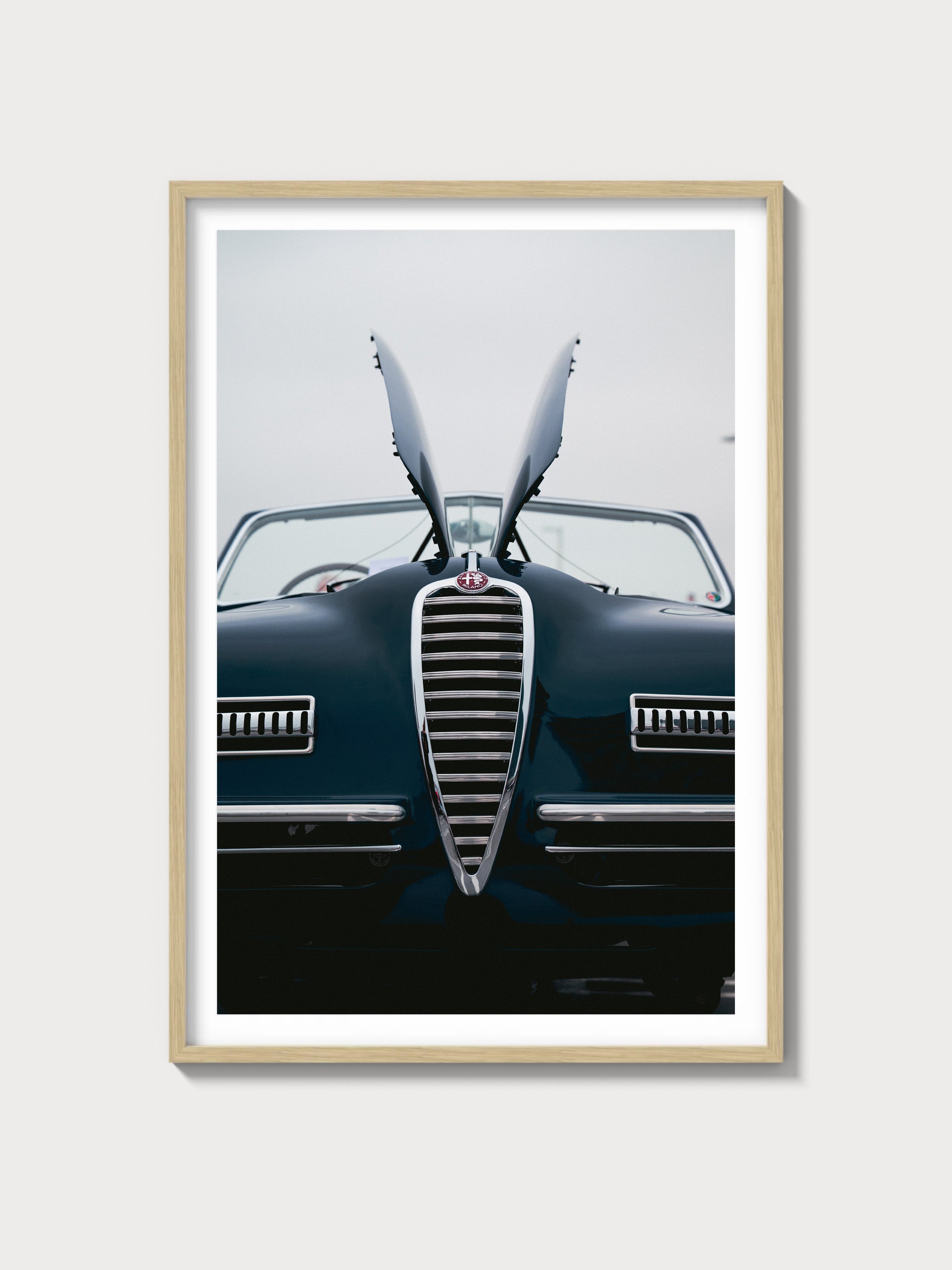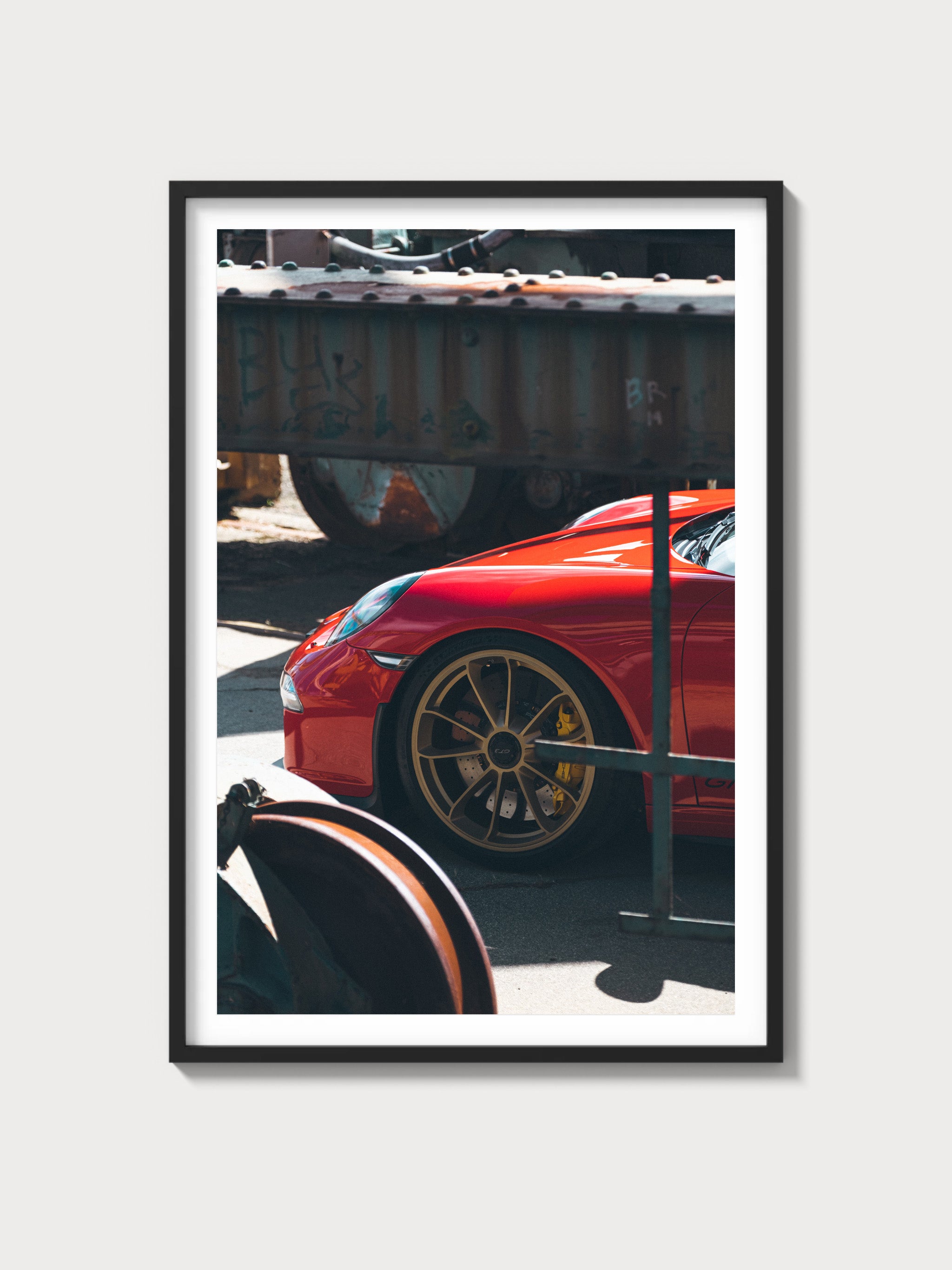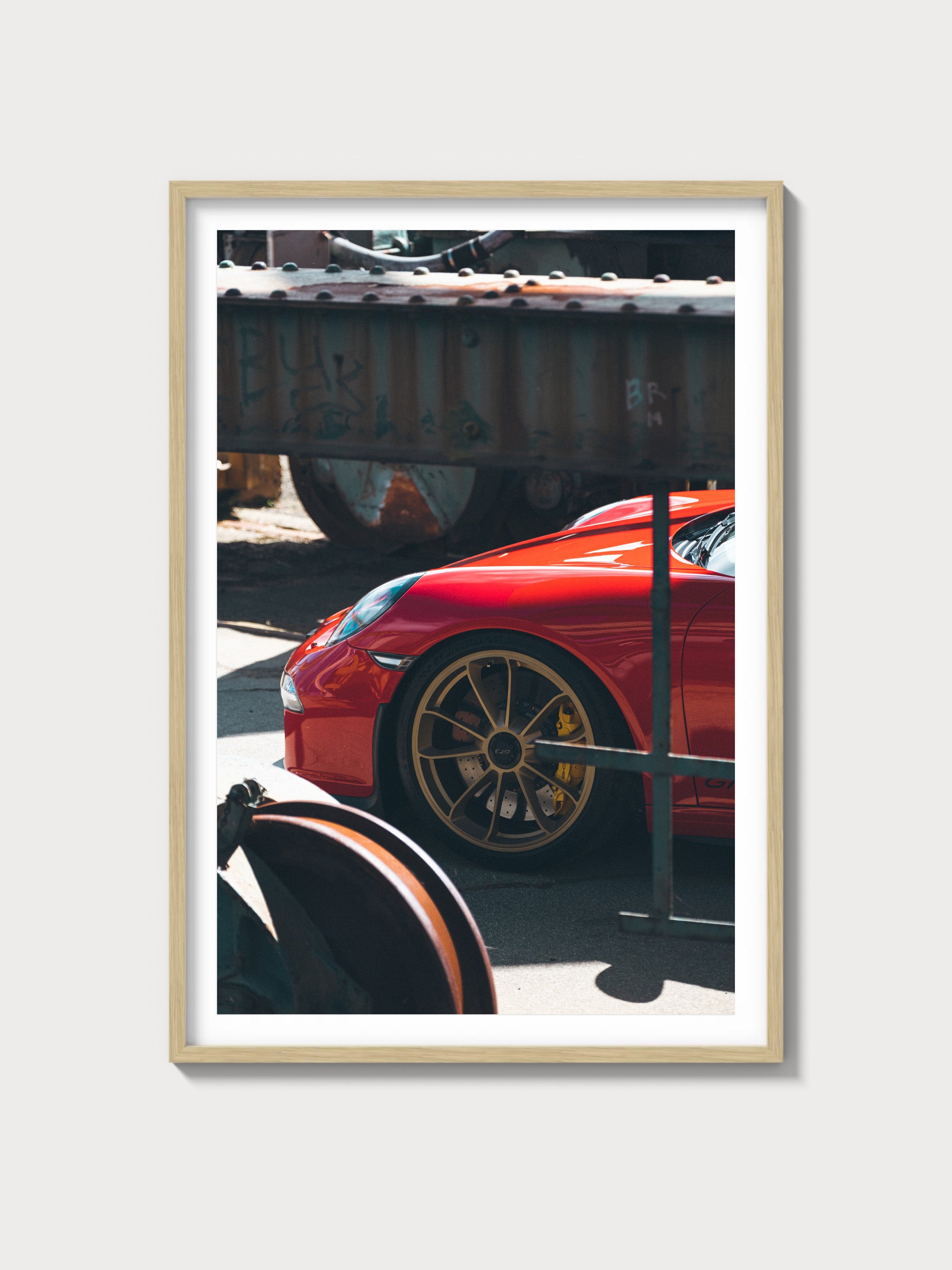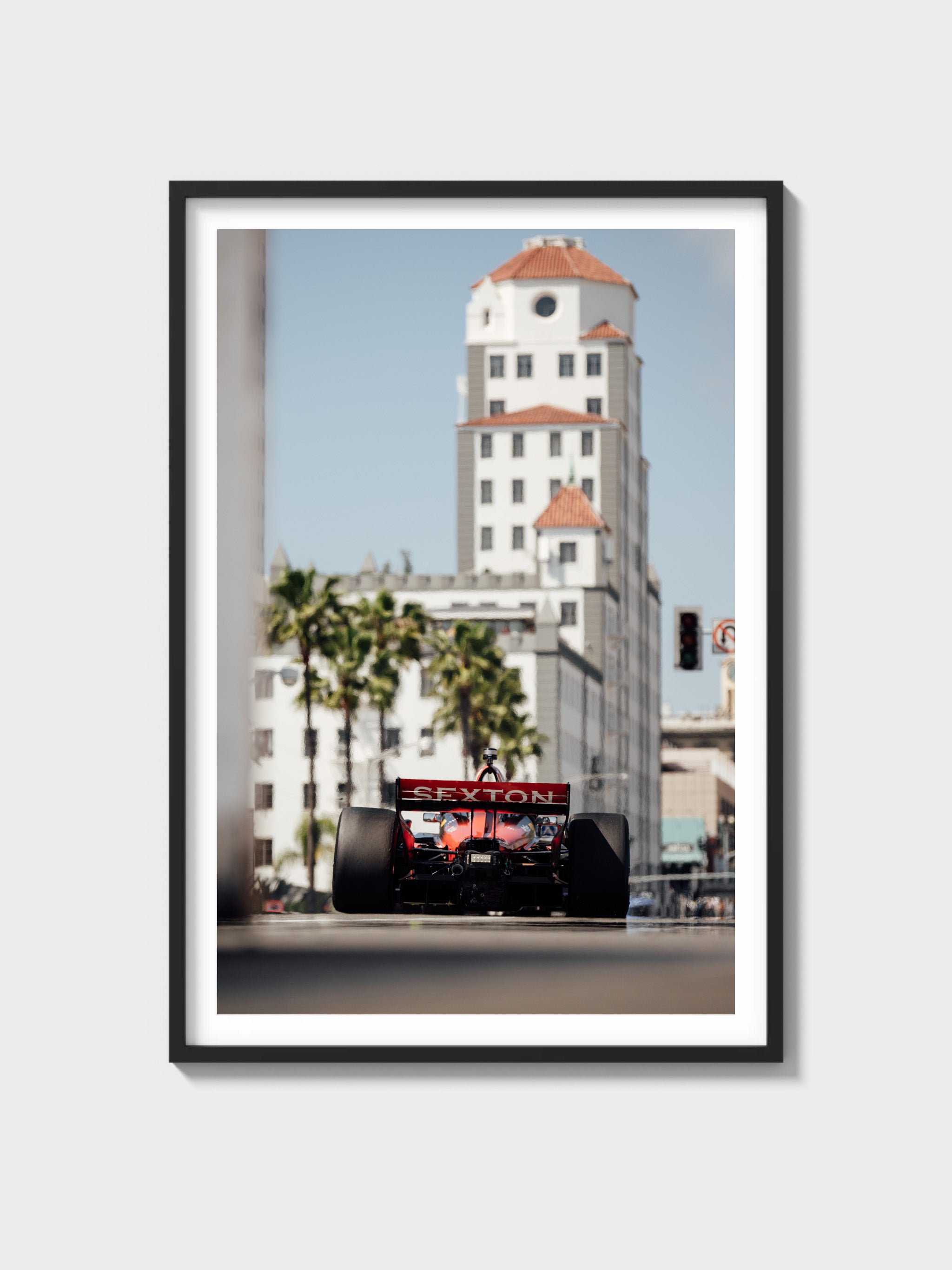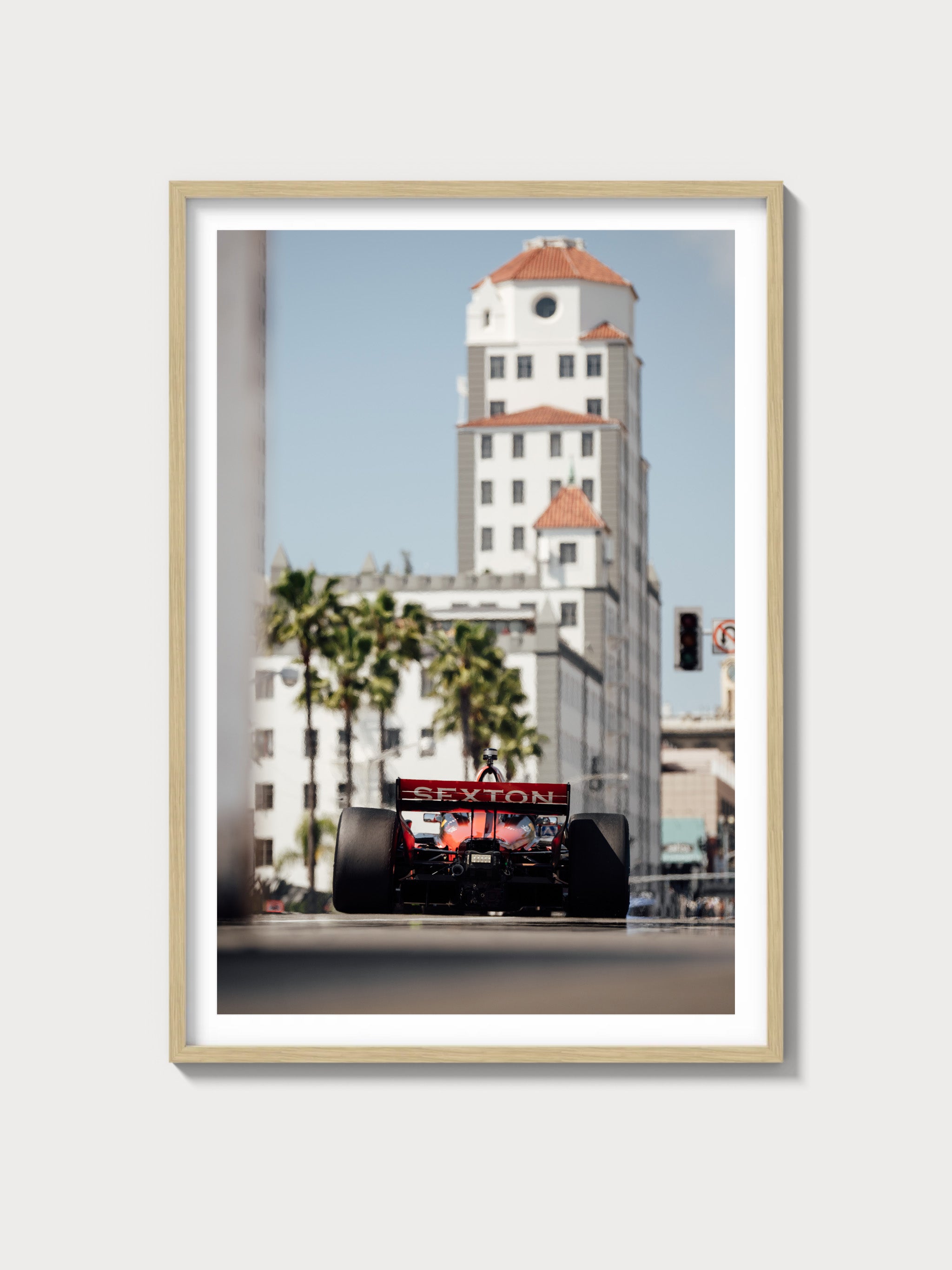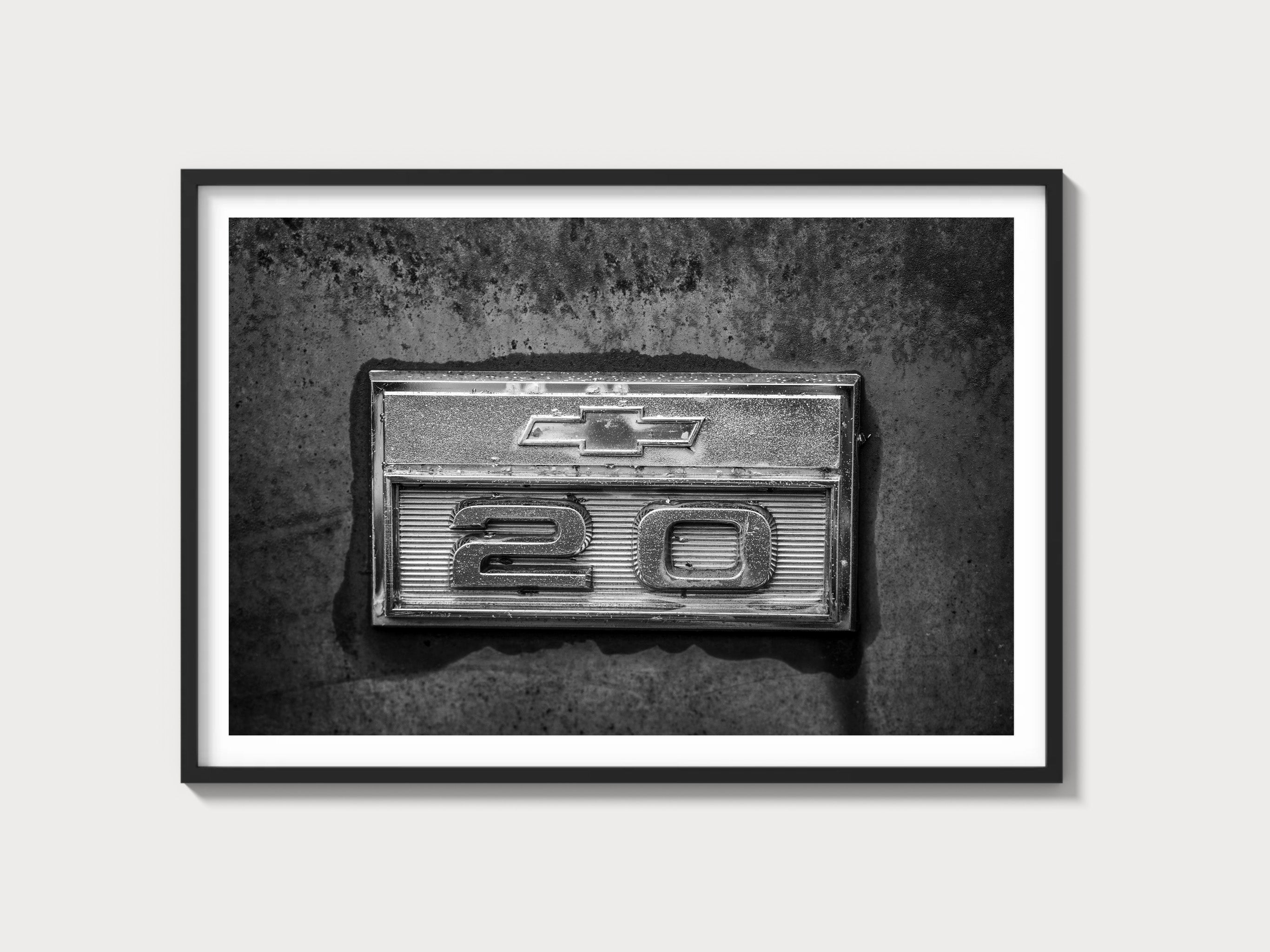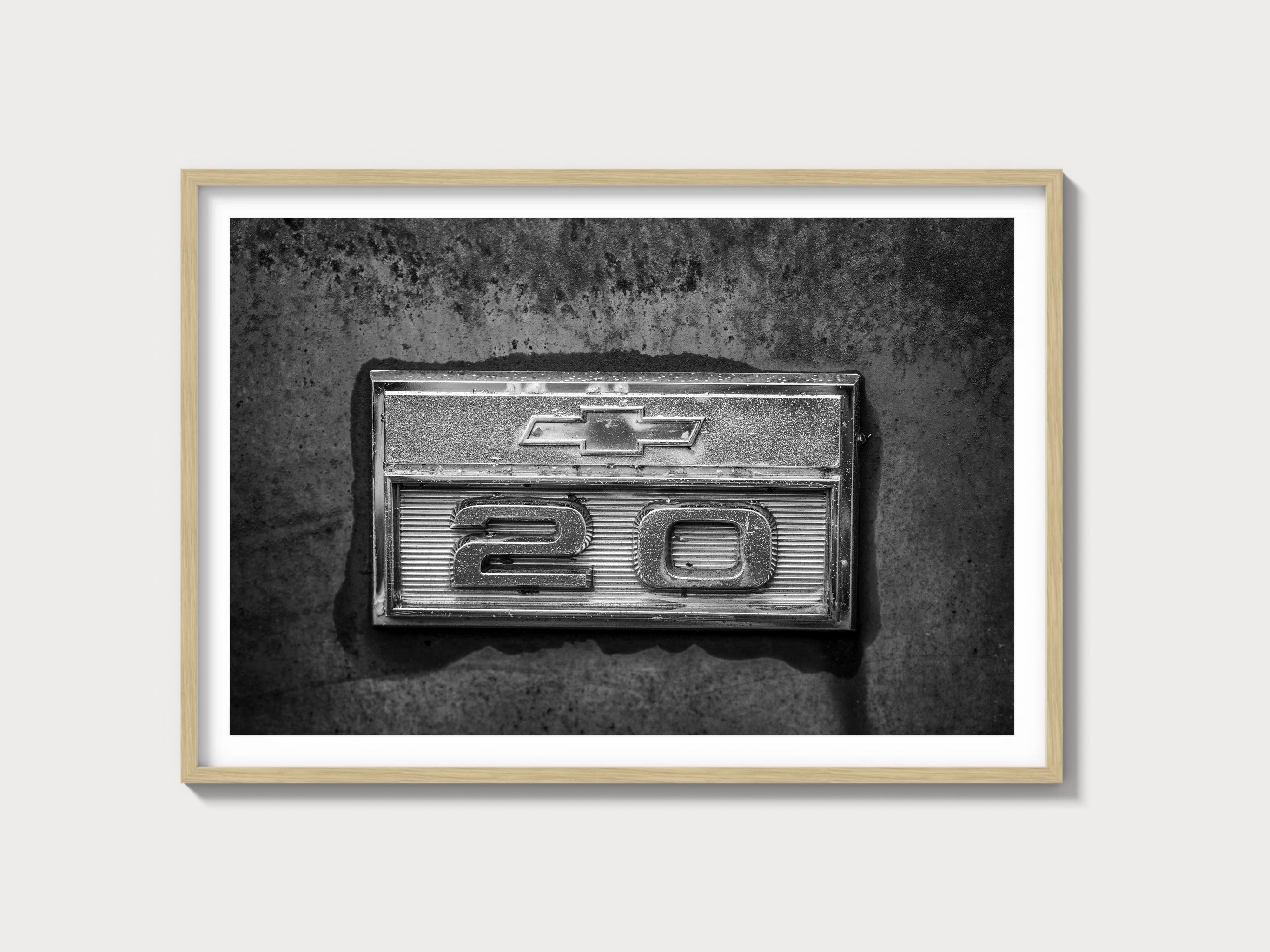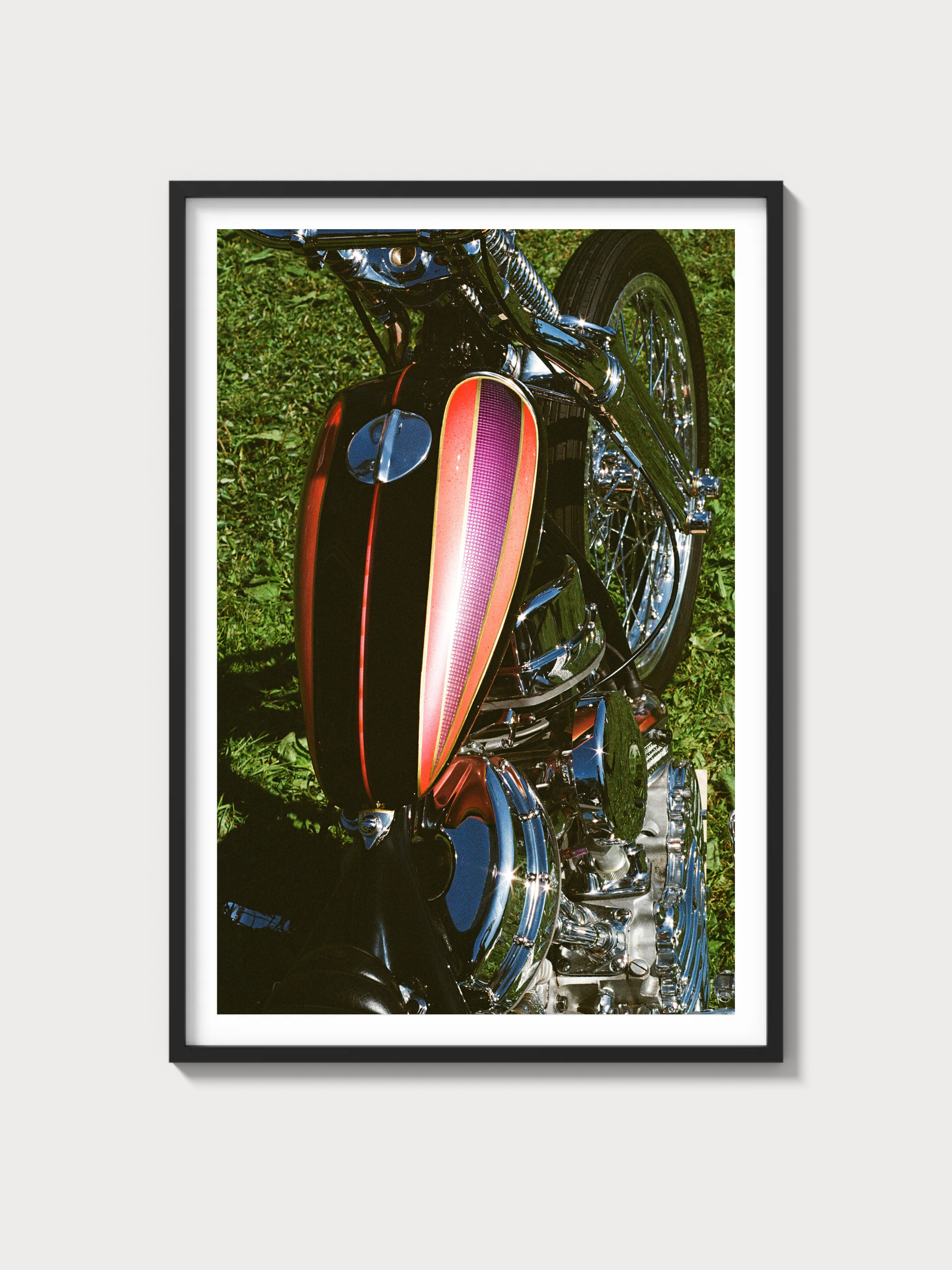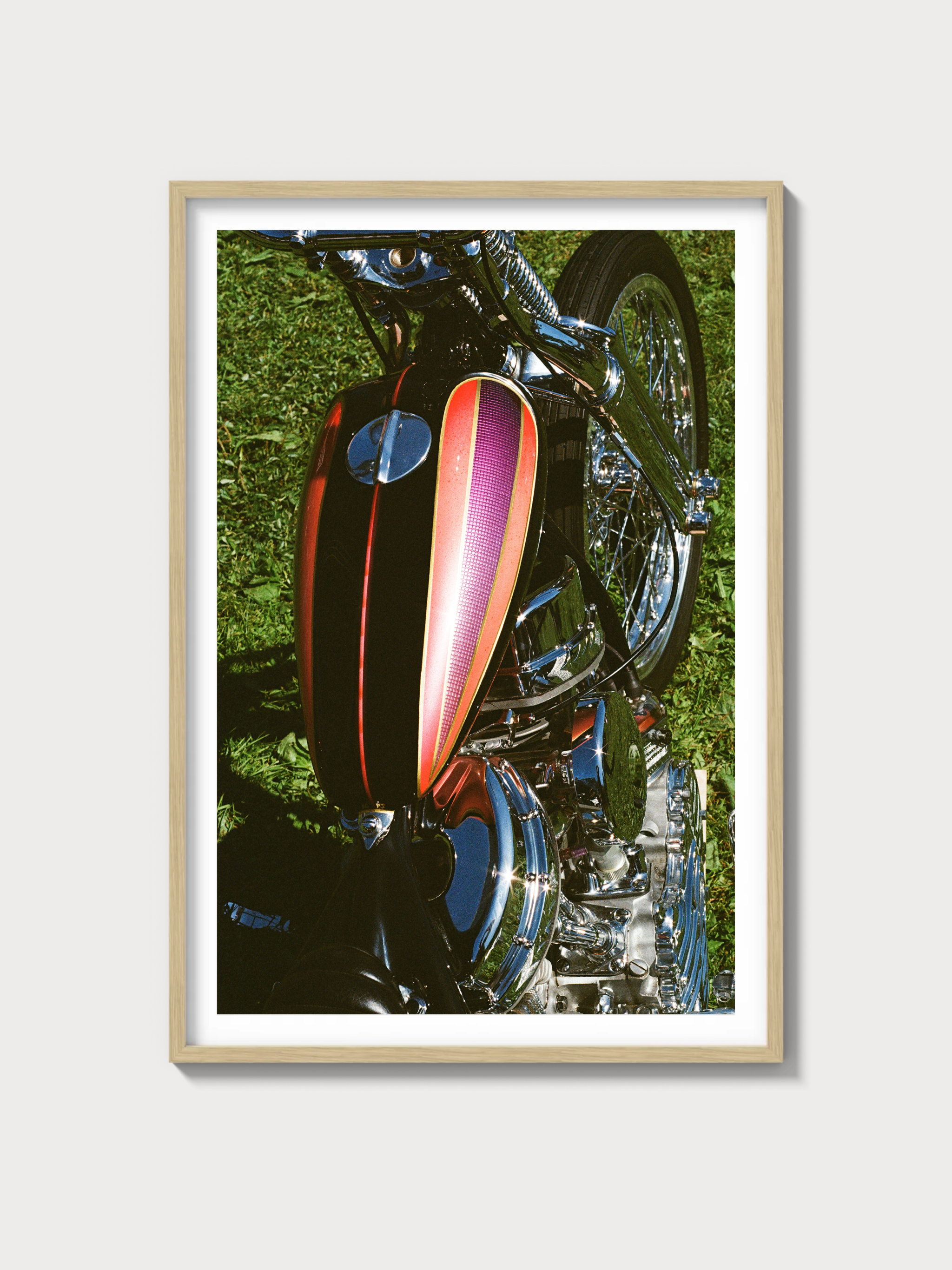1975–1991 Ford Econoline E-Series Conversion Van: A Comprehensive Overview
Historical Context and Development Background
The Ford Econoline, introduced as part of Ford's commercial vehicle lineup, evolved considerably by the time the third generation debuted in 1975. The E-Series was designed to cater to the growing demand for versatile, spacious vehicles that could serve multiple purposes—ranging from cargo and passenger transport to customized conversion vans. In a period dominated by economic constraints and a shift towards practical vehicles, the Econoline thrived, competing against the likes of the Chevrolet G-Series and Dodge Ram Van. Its boxy design and robust chassis made it a popular choice for both fleet operators and private owners seeking customization.
Engine and Technical Specifications
| Specification | Detail |
|---|---|
| Engine Configuration | V8 |
| Displacement | 5.0L - 7.5L |
| Horsepower | 150-210 hp |
| Induction Type | Natural Aspiration |
| Redline | 4500 rpm |
| Fuel System | Carbureted to EFI (1988 onwards) |
| Compression | 8.0:1 - 9.0:1 |
| Bore/Stroke | 4.00 x 3.50 in (varies by engine) |
Driving Experience and Handling Dynamics
The Econoline’s road manners were surprisingly refined for its size, thanks to a well-tuned suspension that balanced load capacity with comfort. Its handling was characteristic of its era—a bit of body roll was expected—but the van provided a stable and predictable driving experience. The steering, while not particularly communicative, was adequate for its intended use. Gearboxes ranged from three-speed automatics to more robust four-speed manuals, providing varied driving dynamics.
Full Performance Specs
| Performance Metric | Detail |
|---|---|
| 0-60 mph | 13-15 seconds |
| Top Speed | 85 mph |
| Quarter-Mile | 20-21 seconds |
| Weight | 4500 lbs |
| Layout | FR (Front Engine, Rear-Wheel Drive) |
| Brakes | Front Disc/Rear Drum |
| Suspension | Twin I-Beam (Front), Leaf Spring (Rear) |
| Gearbox Type | 3-speed Automatic/4-speed Manual |
Variant Breakdown
- Base Model: Available in various configurations with minimal features.
- XLT: Enhanced interior with optional captain's chairs and upgraded trim.
- Chateau: Top-tier luxury variant offering premium upholstery and advanced audio systems.
- Conversion Models: Customized by third-party companies, these vans often featured bespoke interiors and exterior modifications.
Ownership Notes
The Econoline's robust construction makes it a viable classic for restoration enthusiasts. Parts are generally available, though some specific trim pieces may require sourcing from specialist suppliers. Regular maintenance intervals are crucial, particularly with regards to the aging V8 engines, which benefit from consistent oil changes and cooling system checks. Restoration difficulty is moderate, given the vehicle's simplicity and widespread popularity.
Cultural Relevance
From family road trips to surf vans, the Econoline E-Series carved a niche in American culture. Its appearances in films and television often depict it as the quintessential American van. Collector interest has been steadily rising, with well-preserved examples fetching increasing auction prices. Although it never pursued a motorsport legacy, its ruggedness and adaptability have kept it relevant among enthusiasts and practical vehicle collectors alike.
FAQs
- How reliable is the Ford Econoline E-Series? With regular maintenance, the Econoline is known for its durability and reliability.
- What are common problems with the Econoline? Common issues include rust in older models, worn suspension components, and aging electrical systems.
- How does the Econoline's value trend? Values have been appreciating, particularly for well-maintained and unique conversion models.

